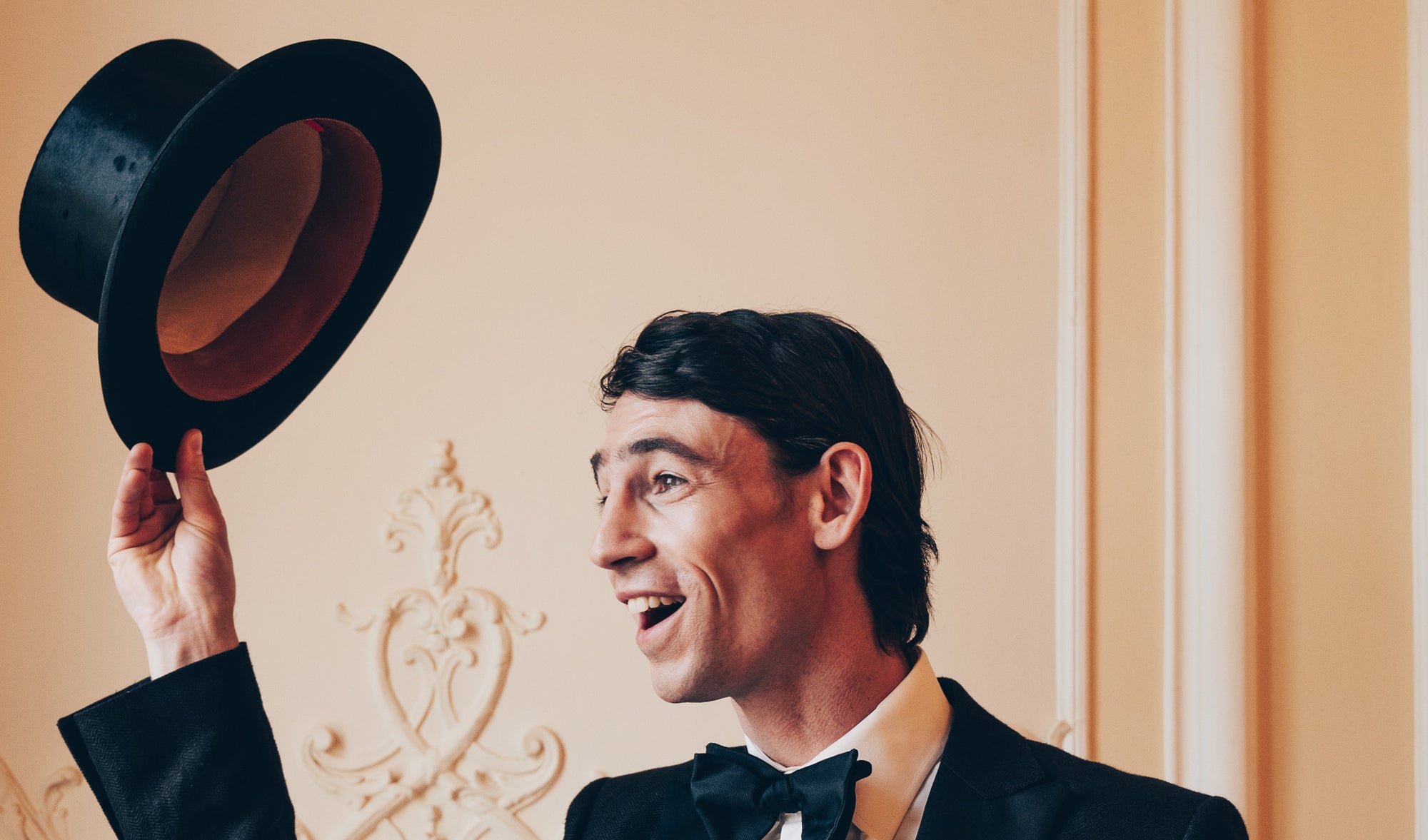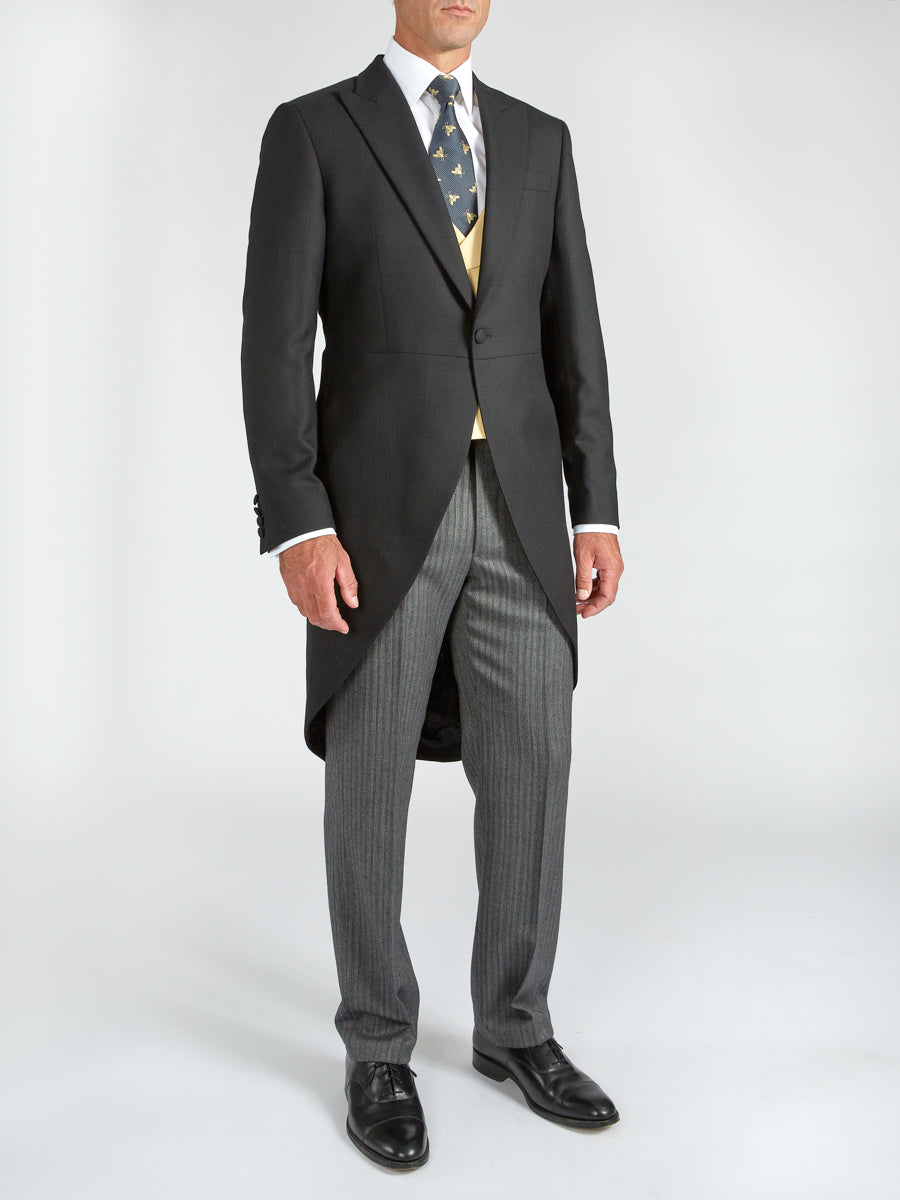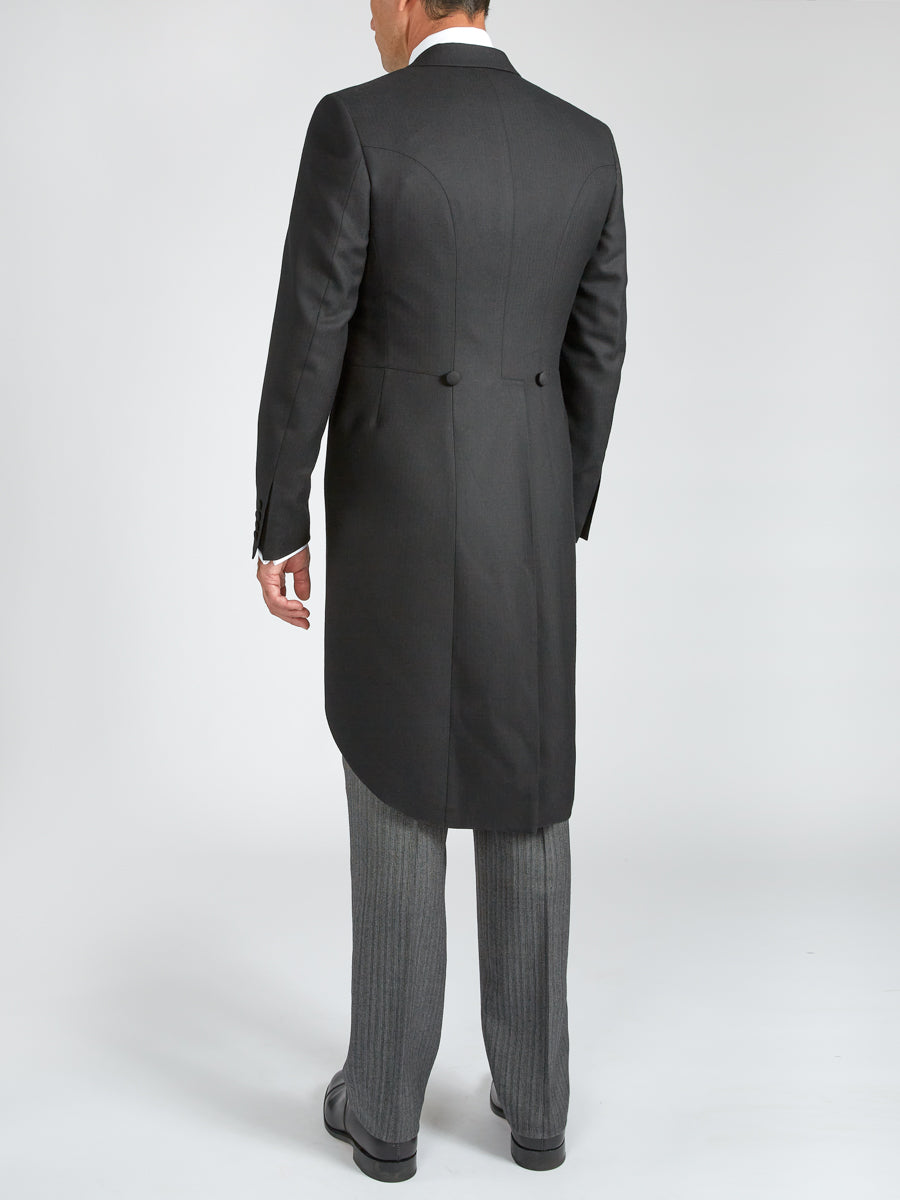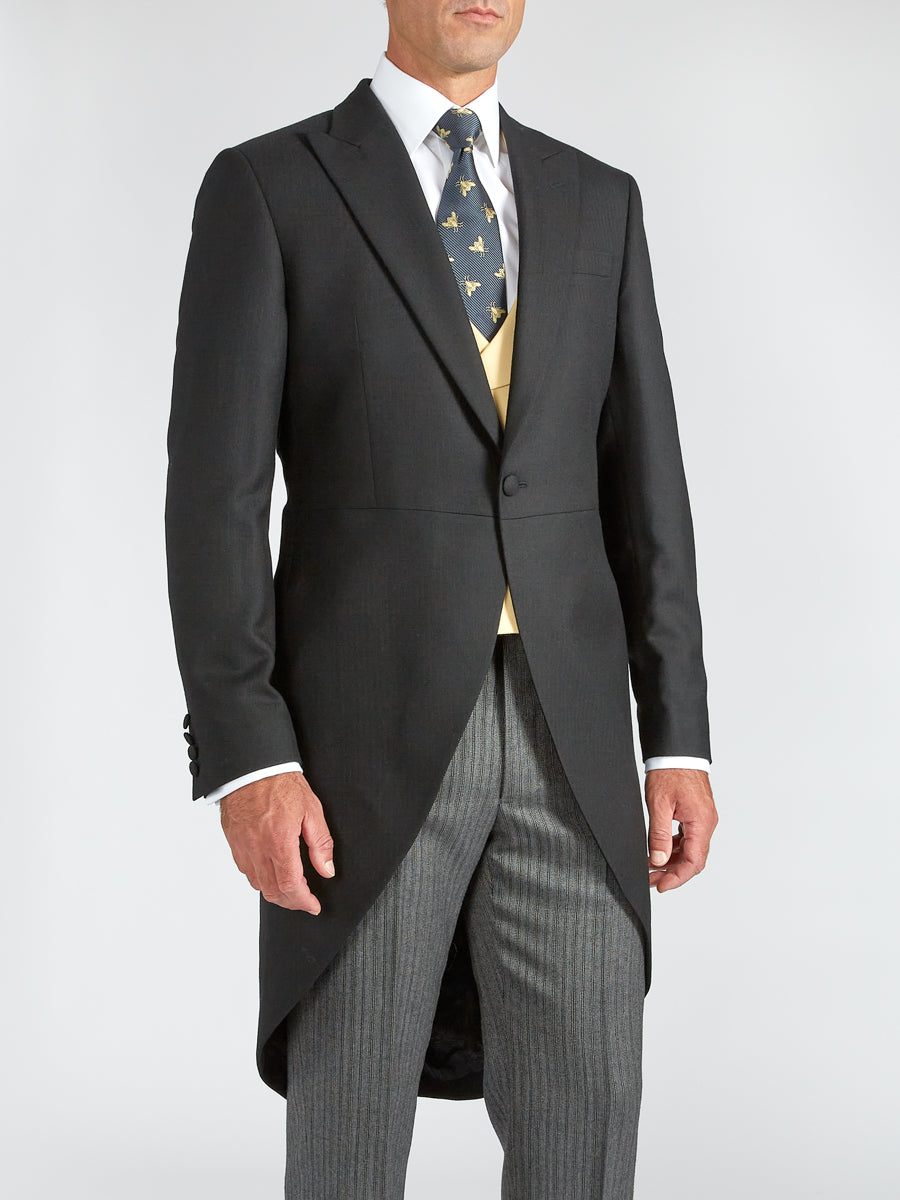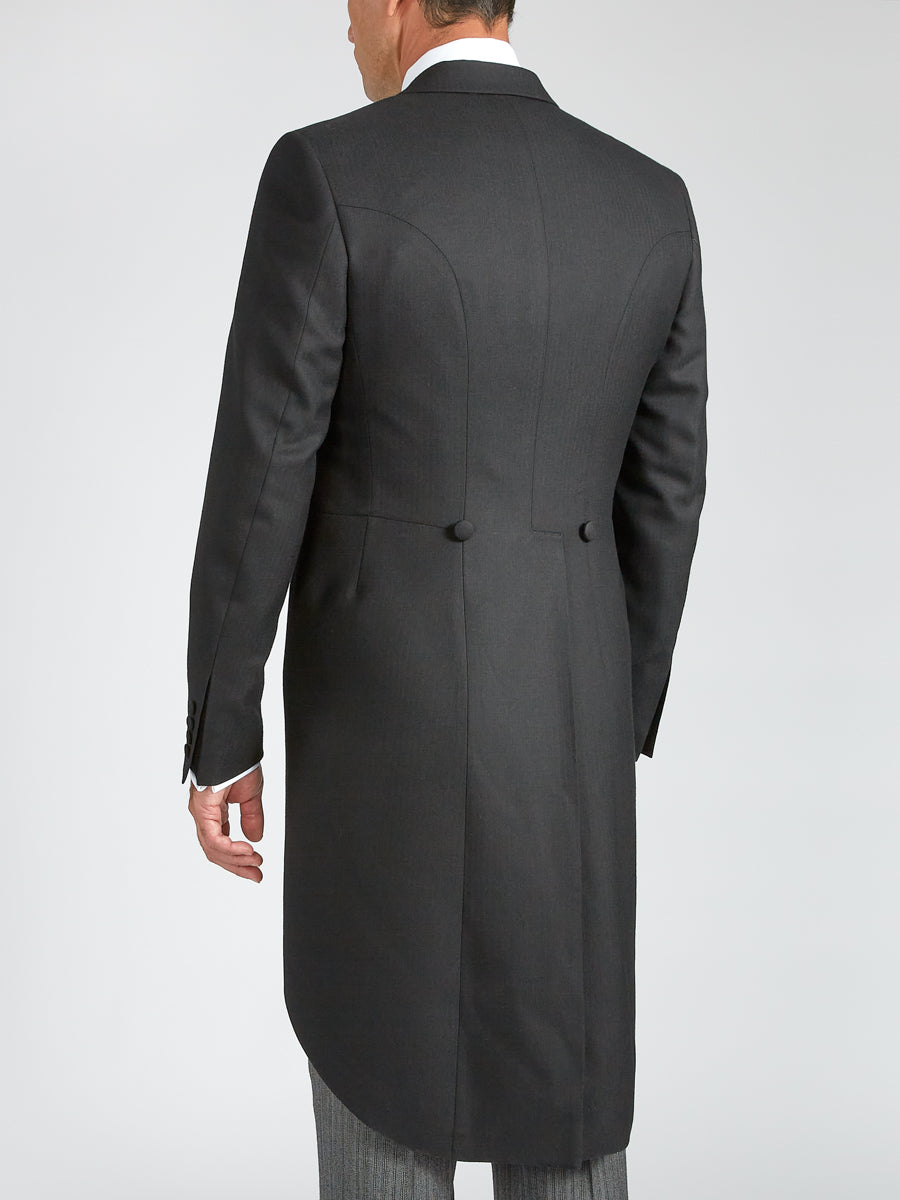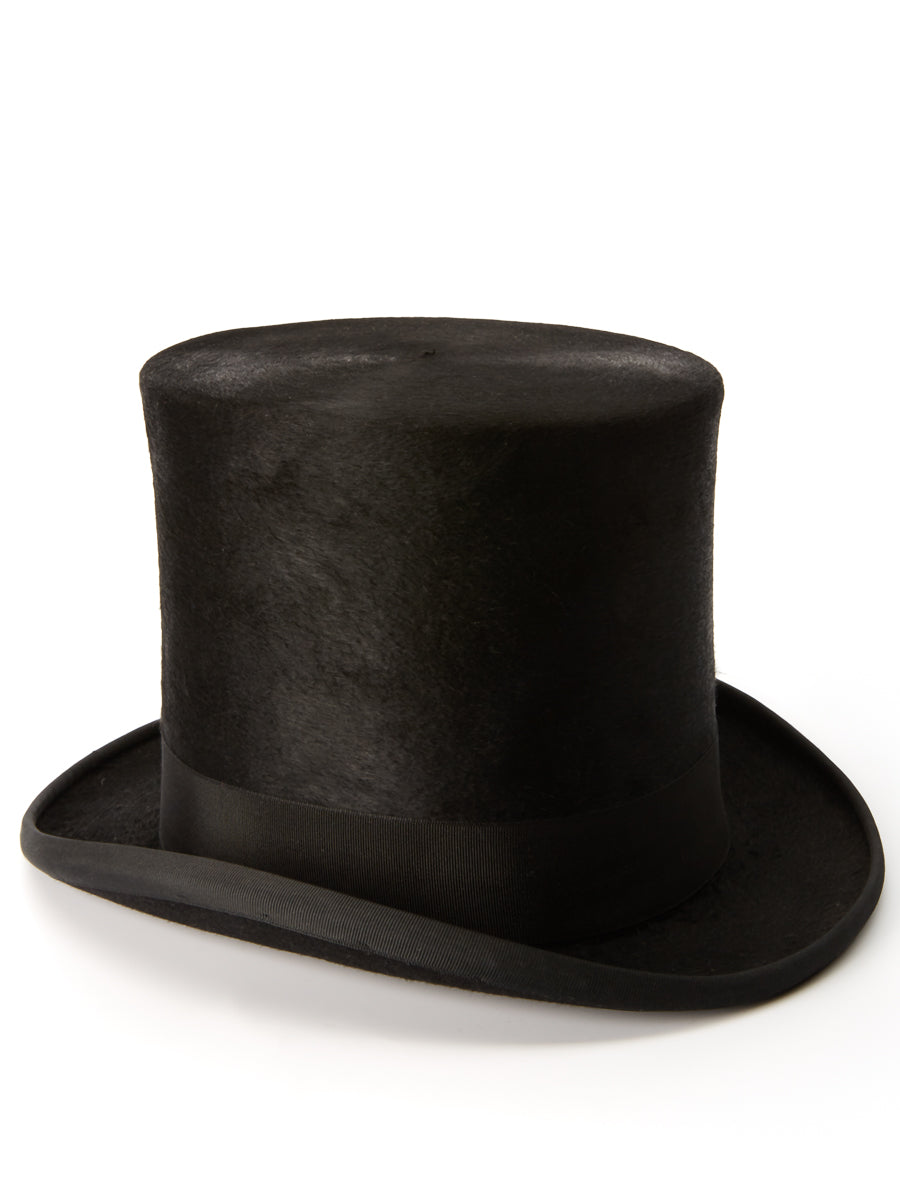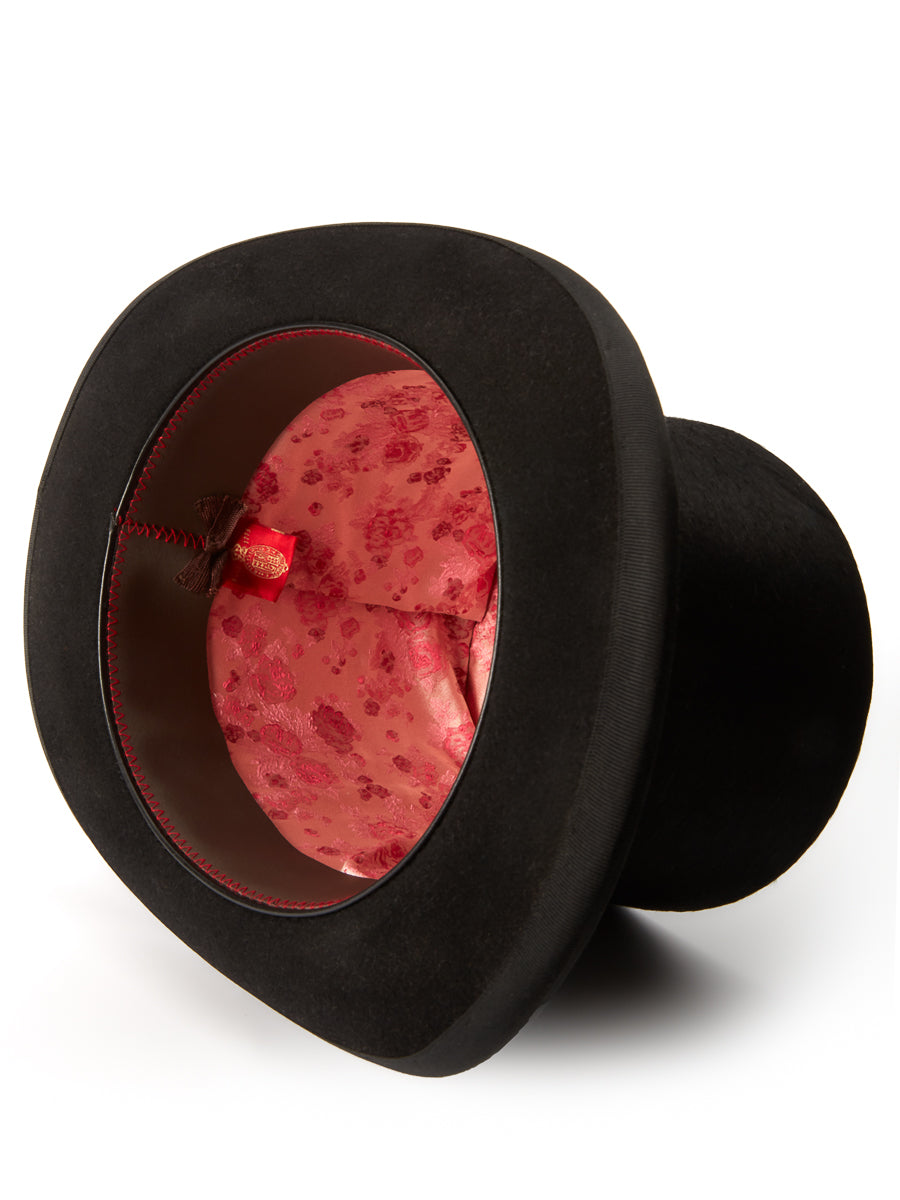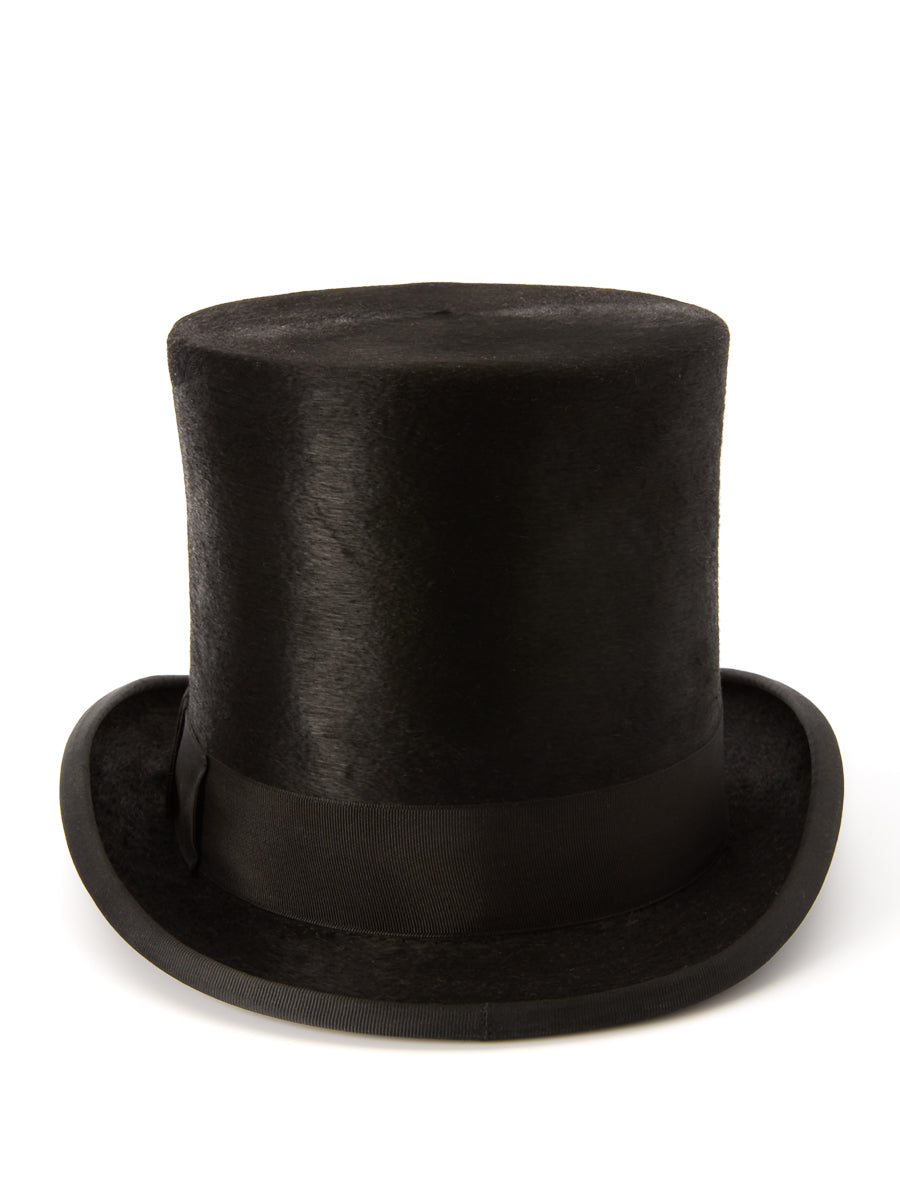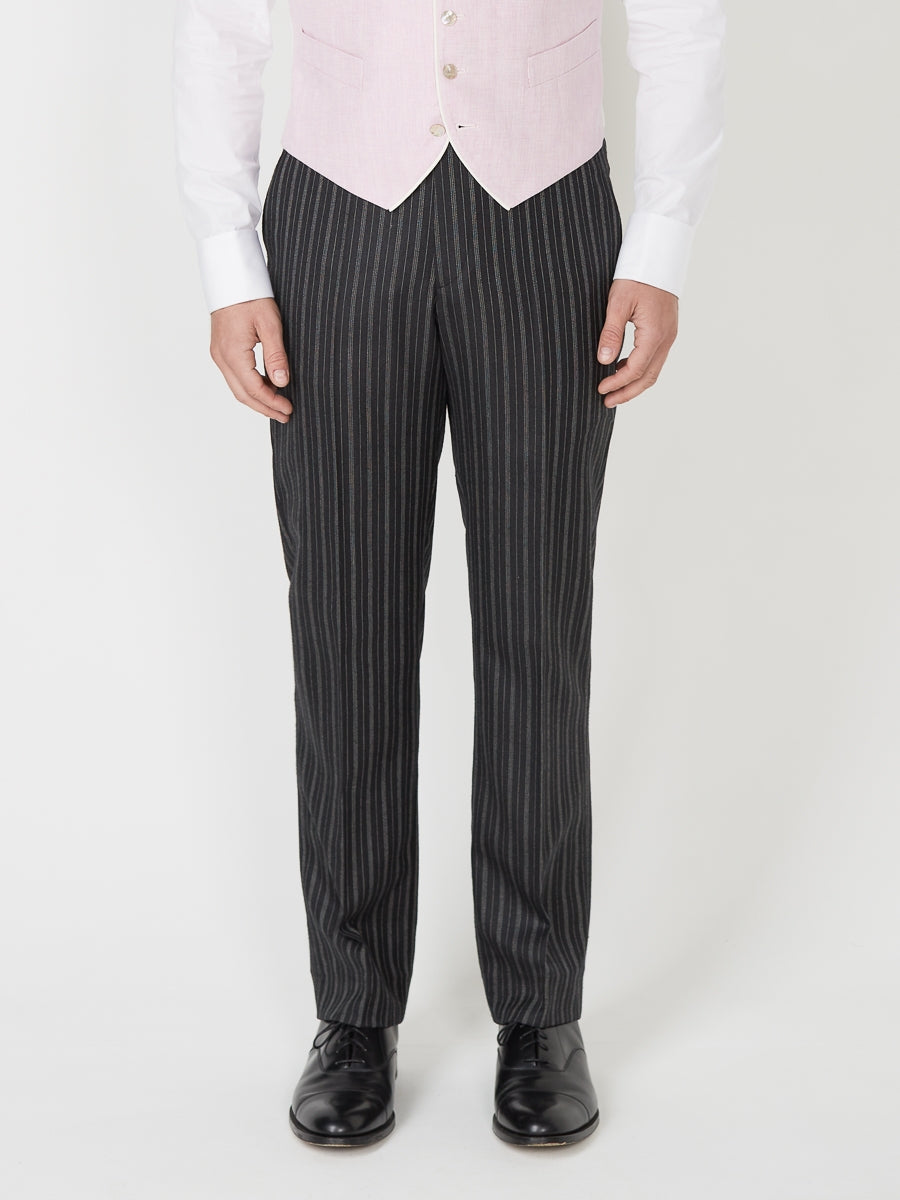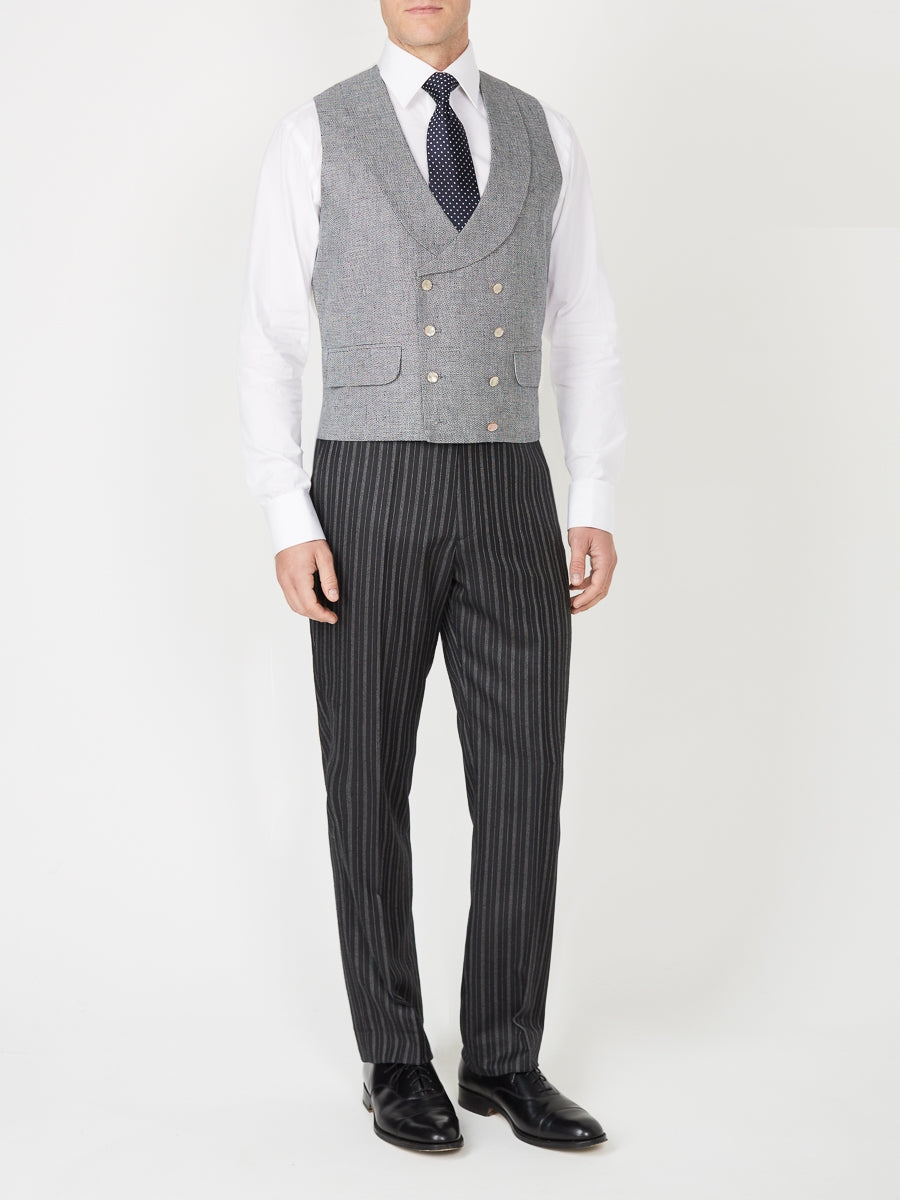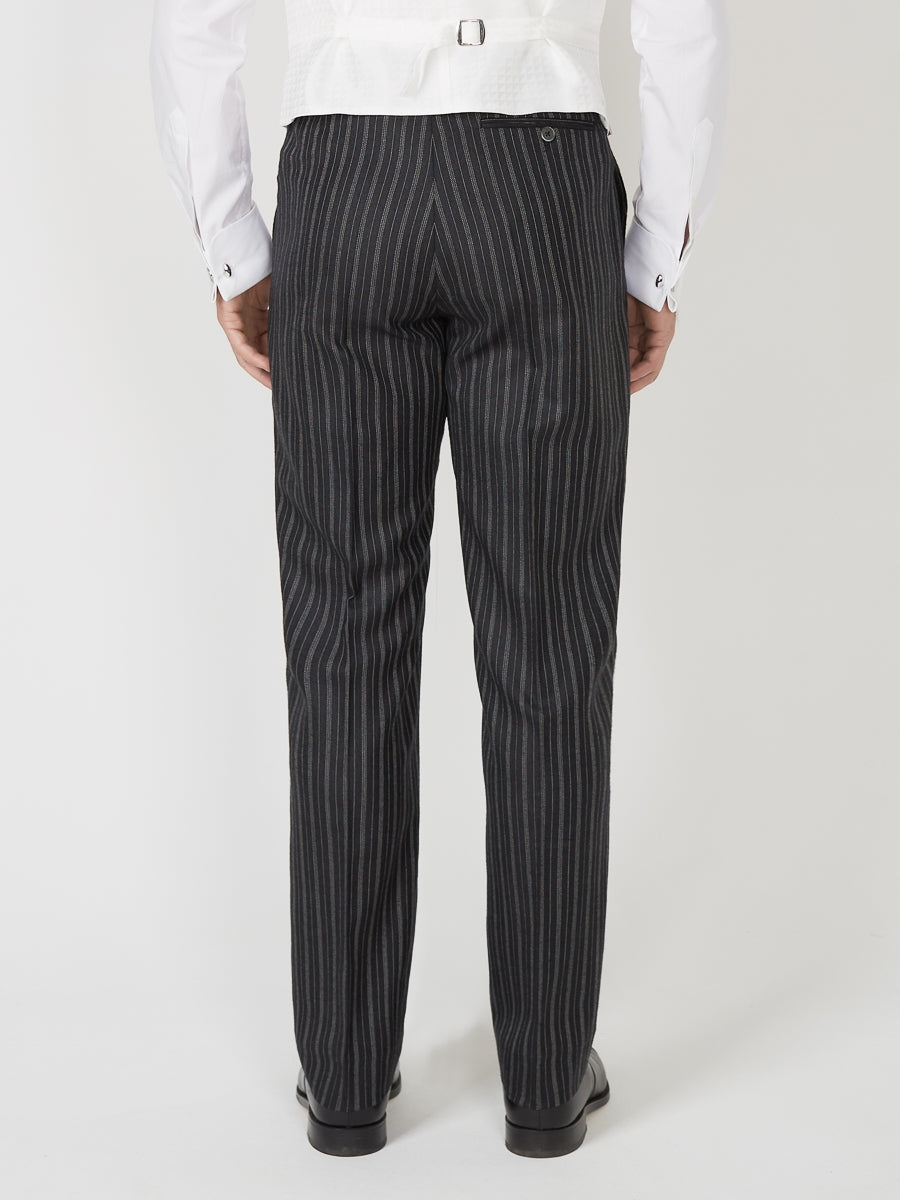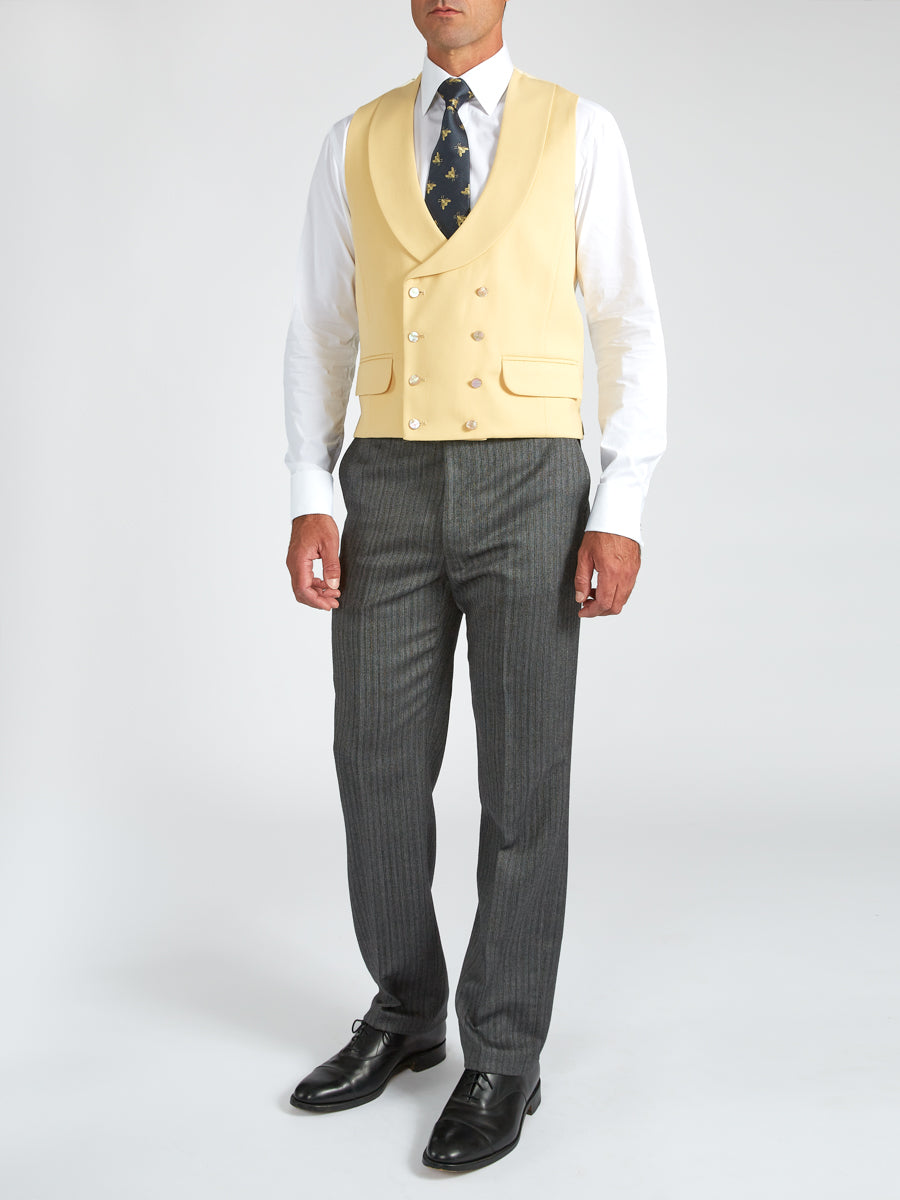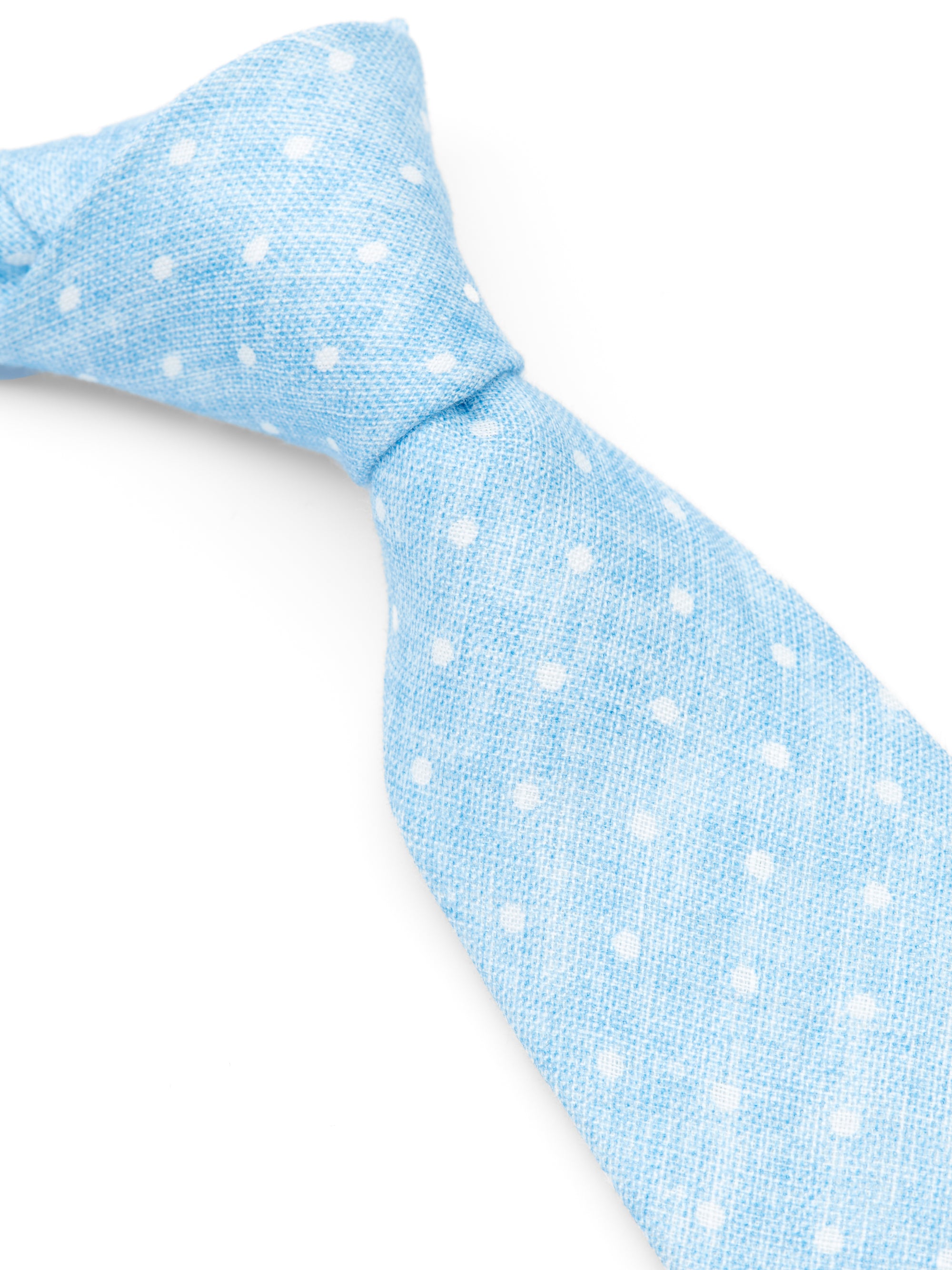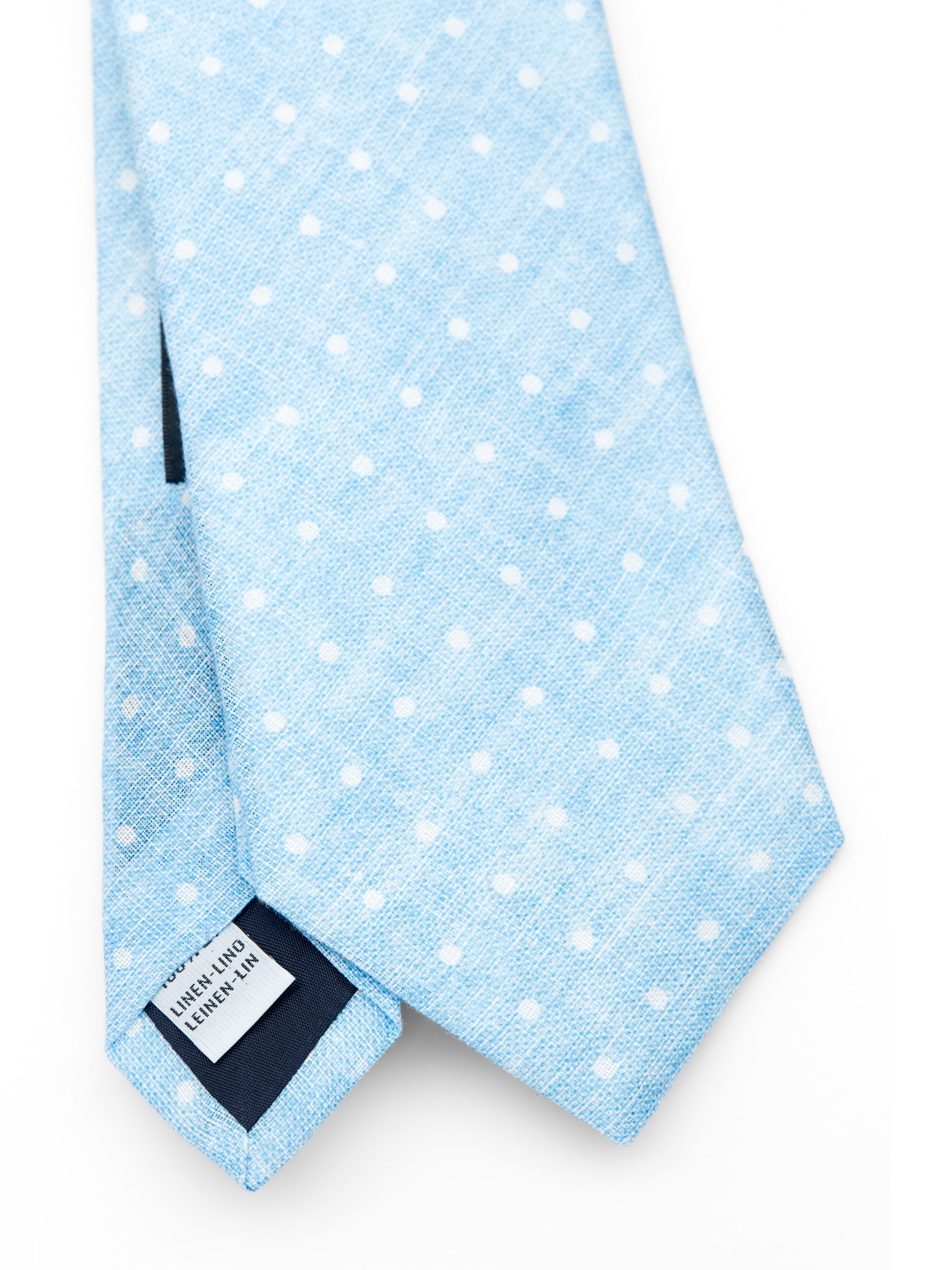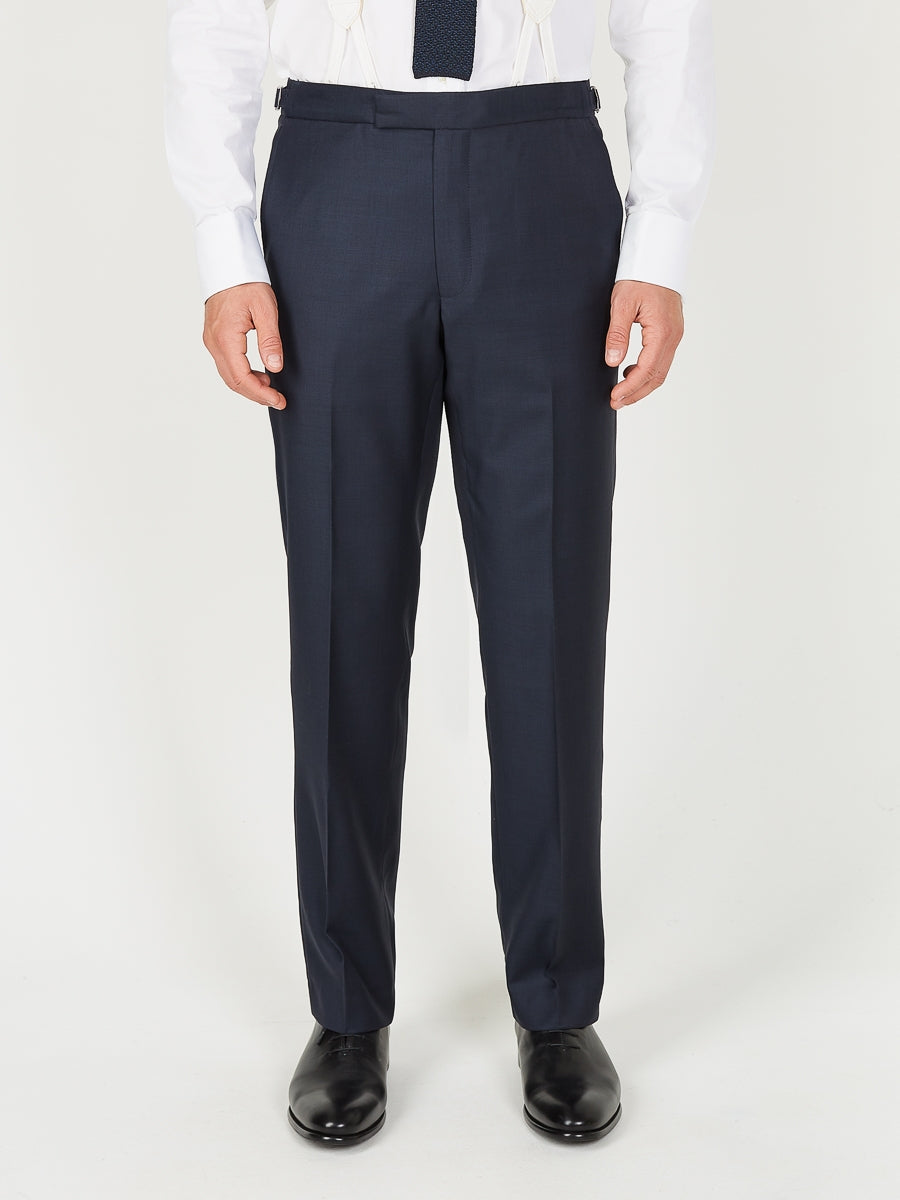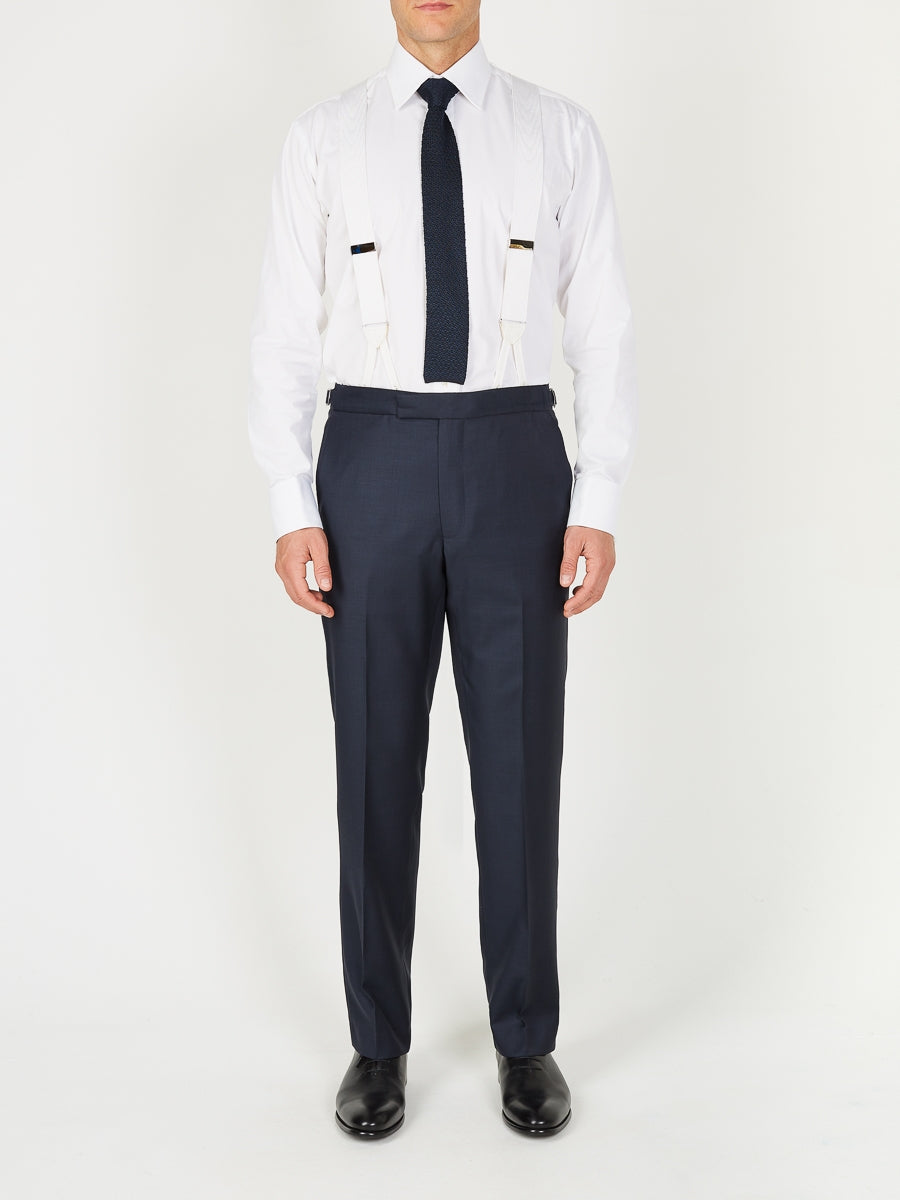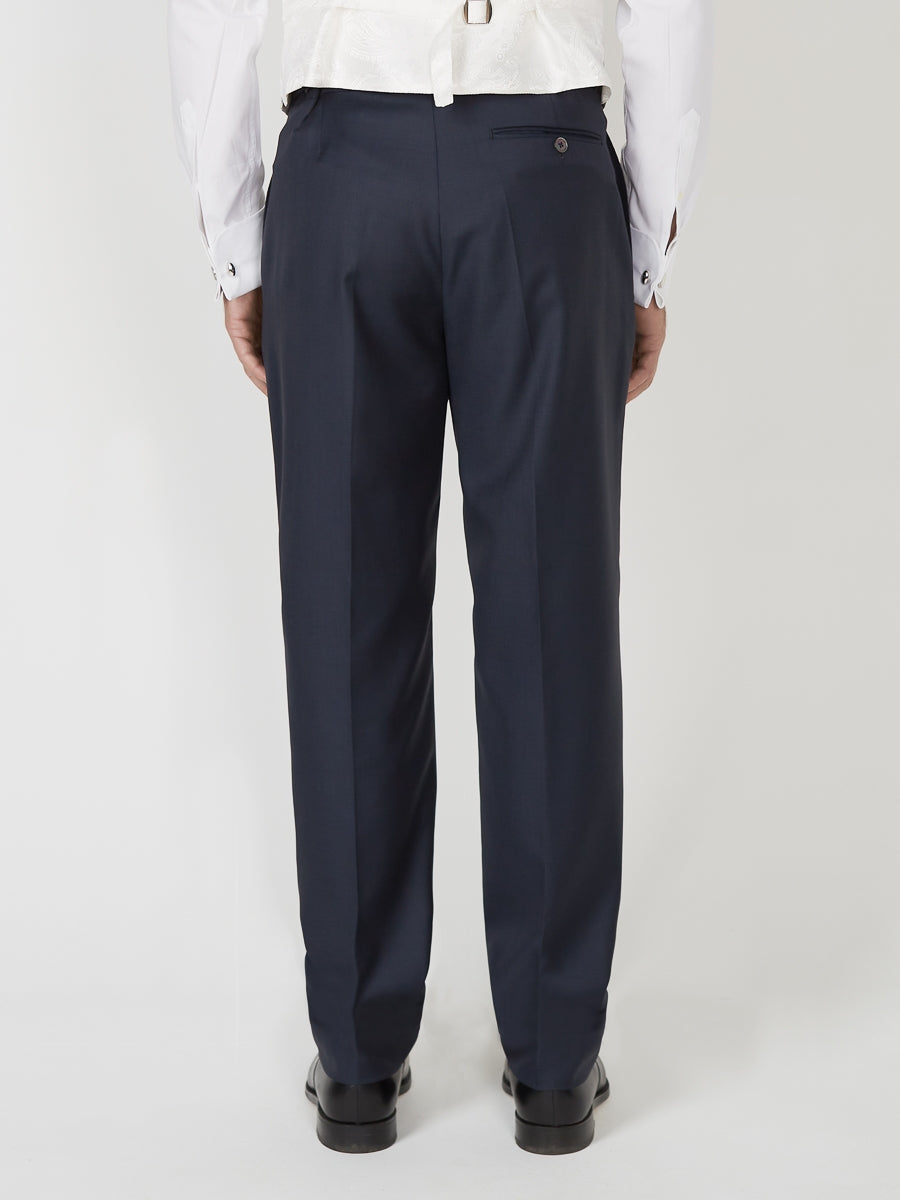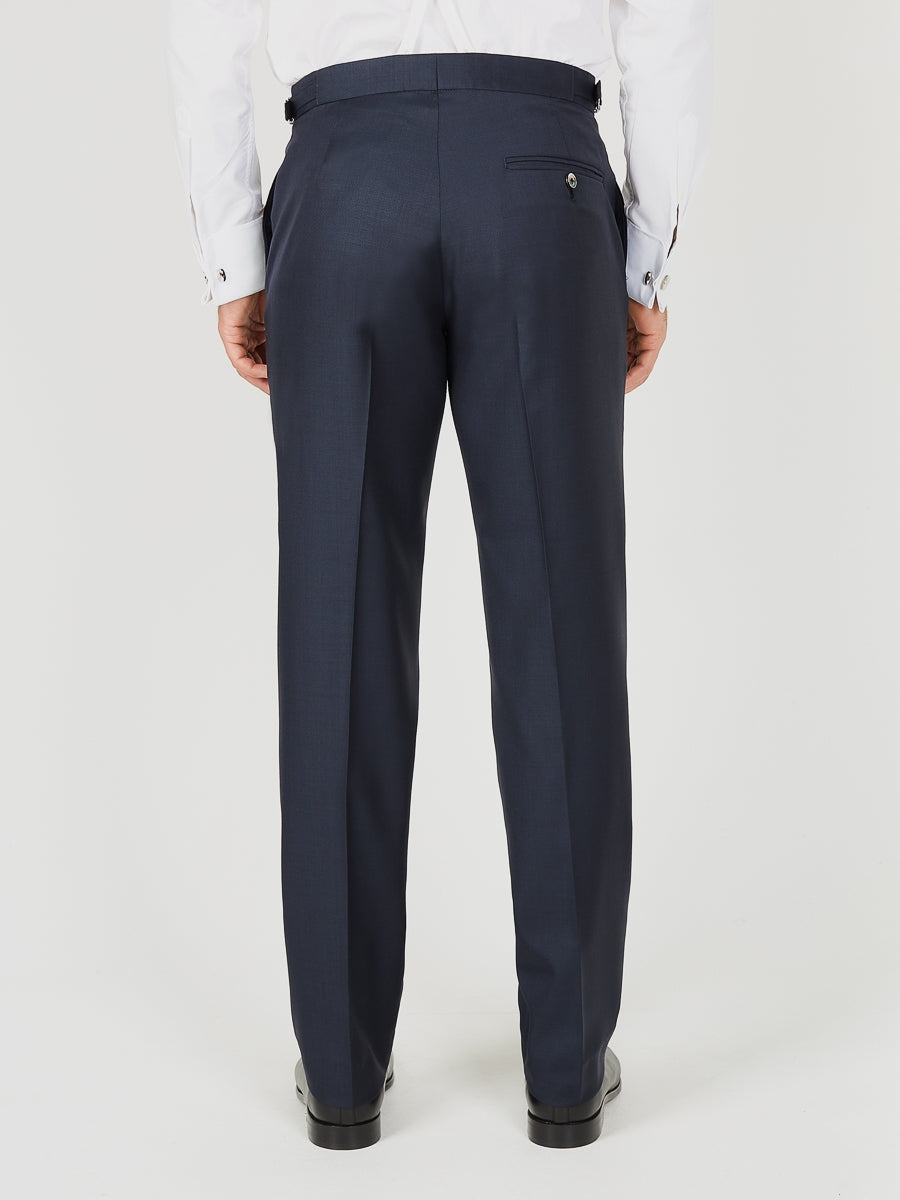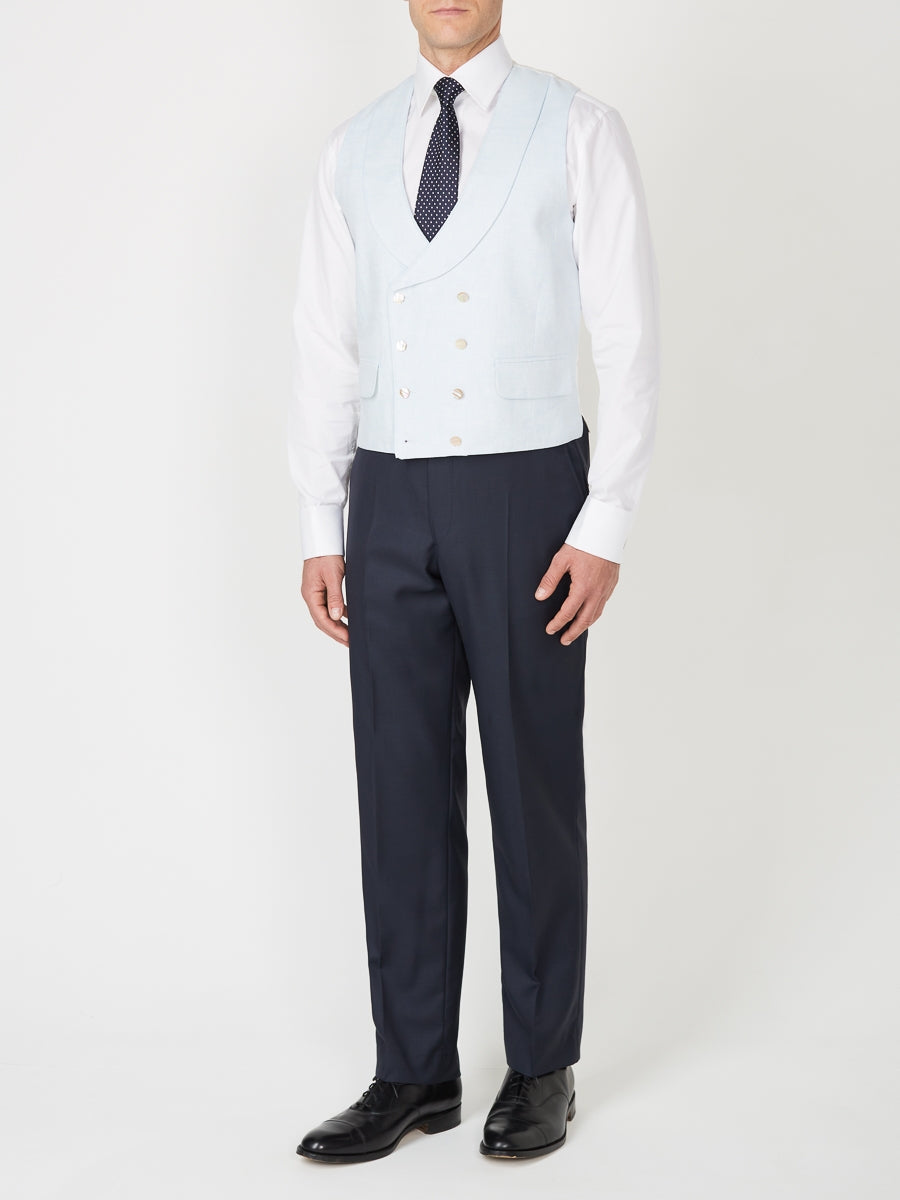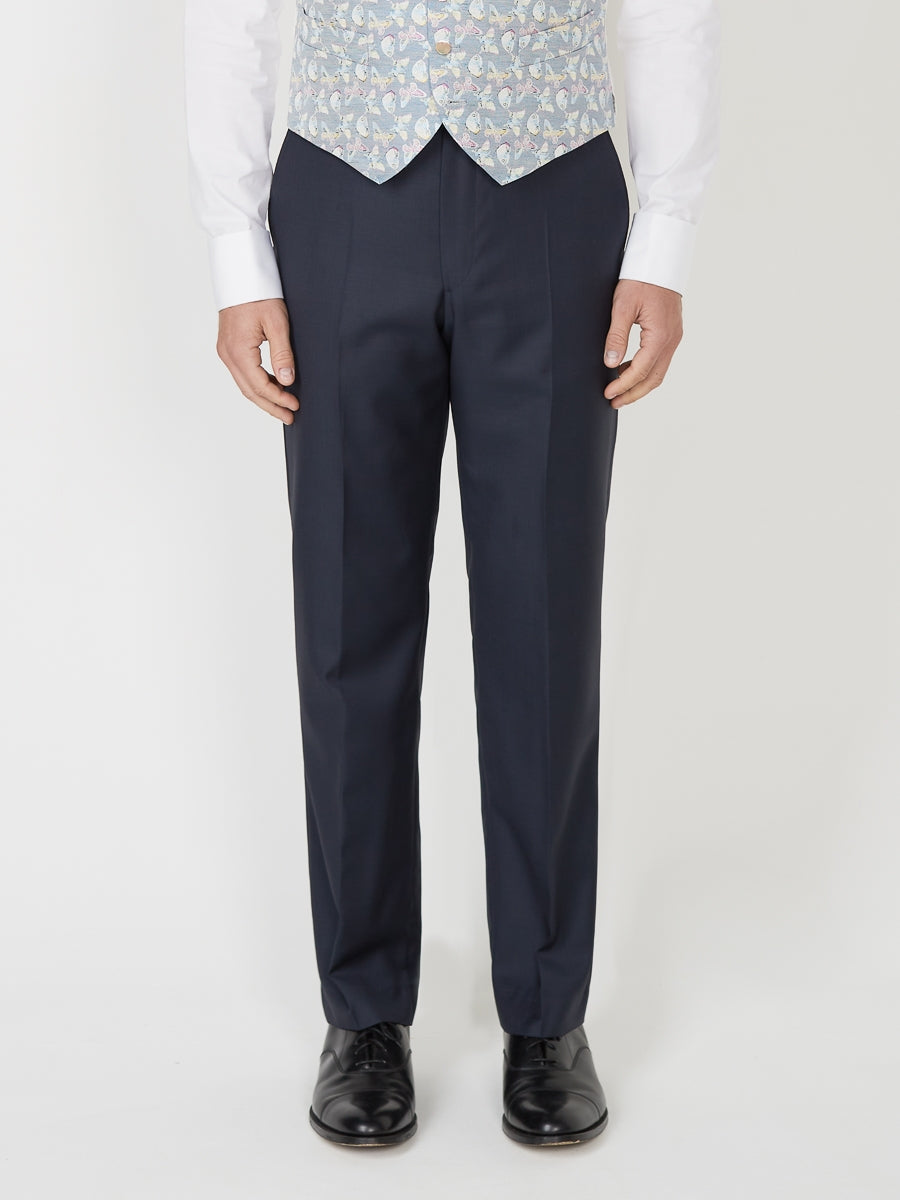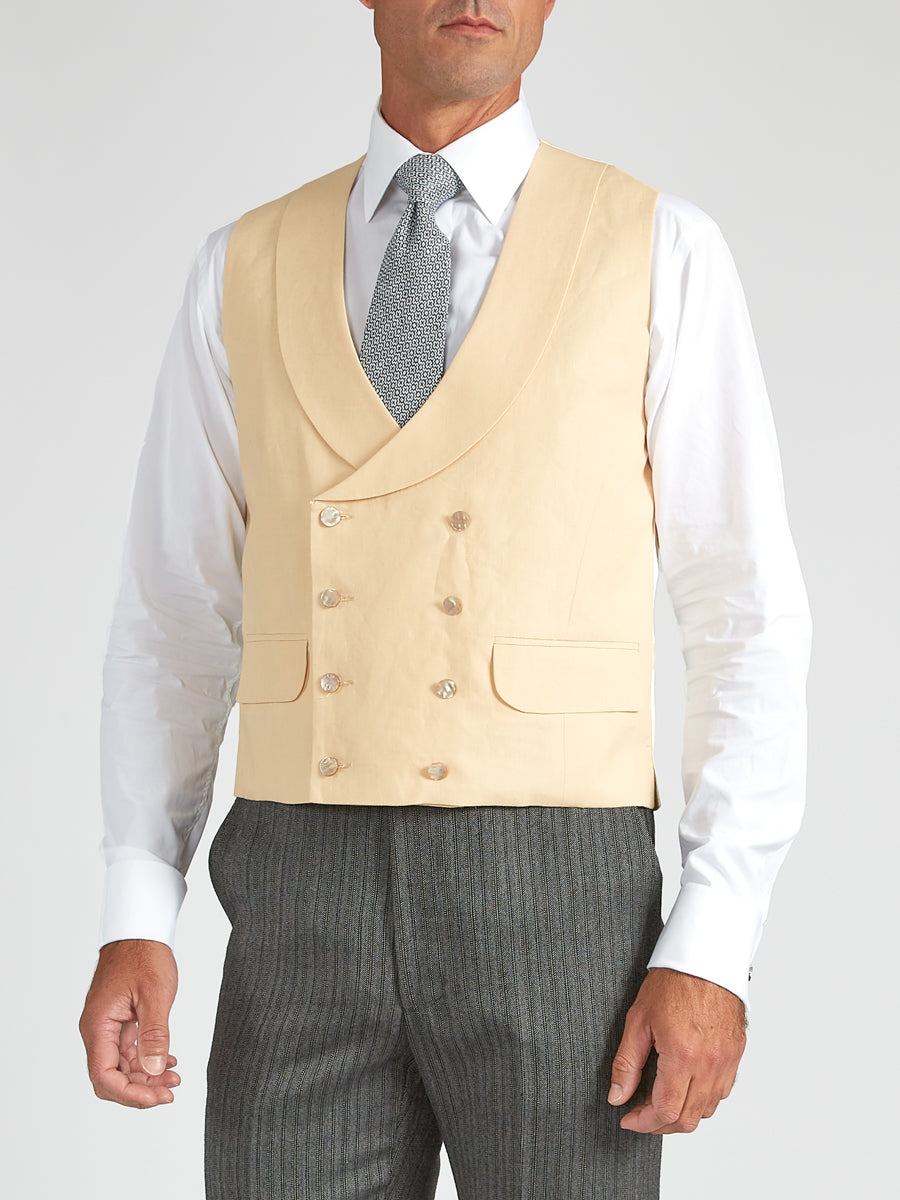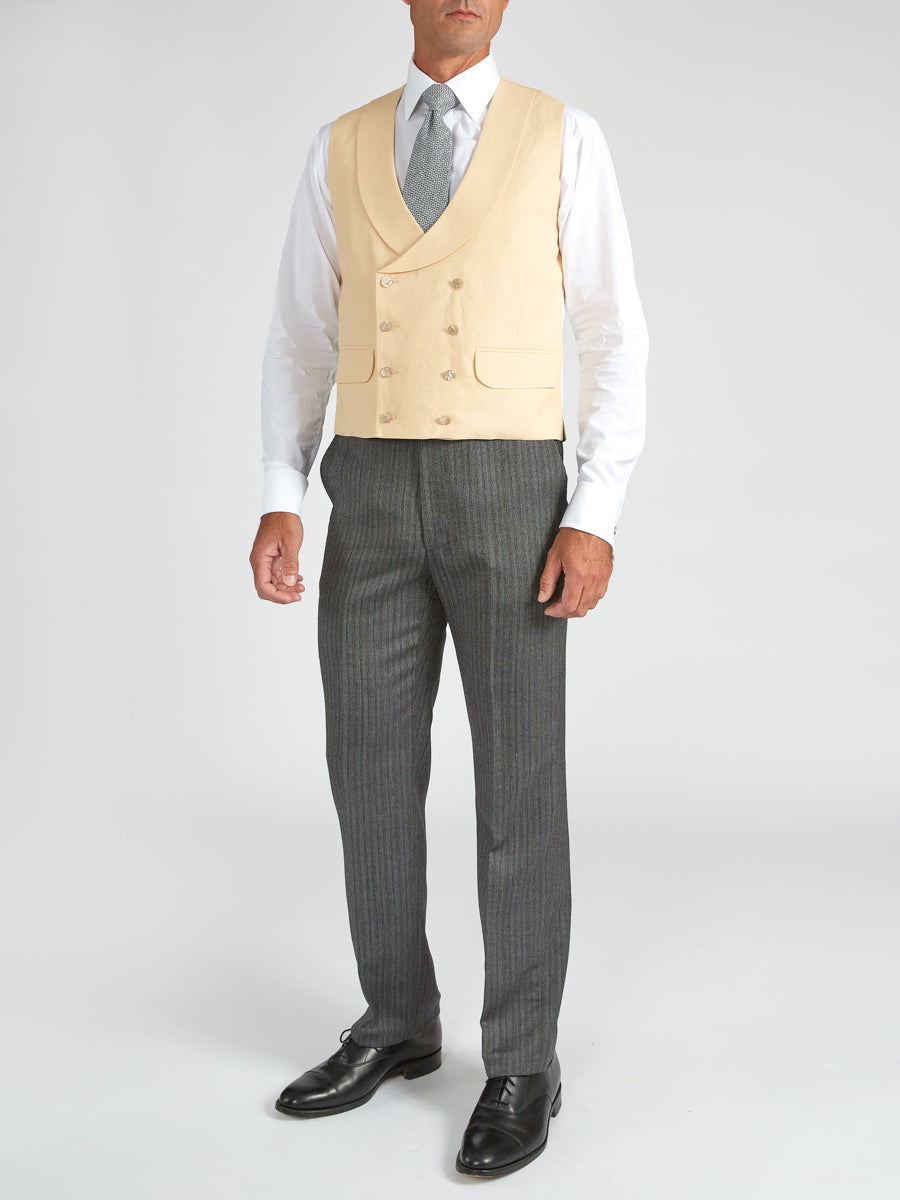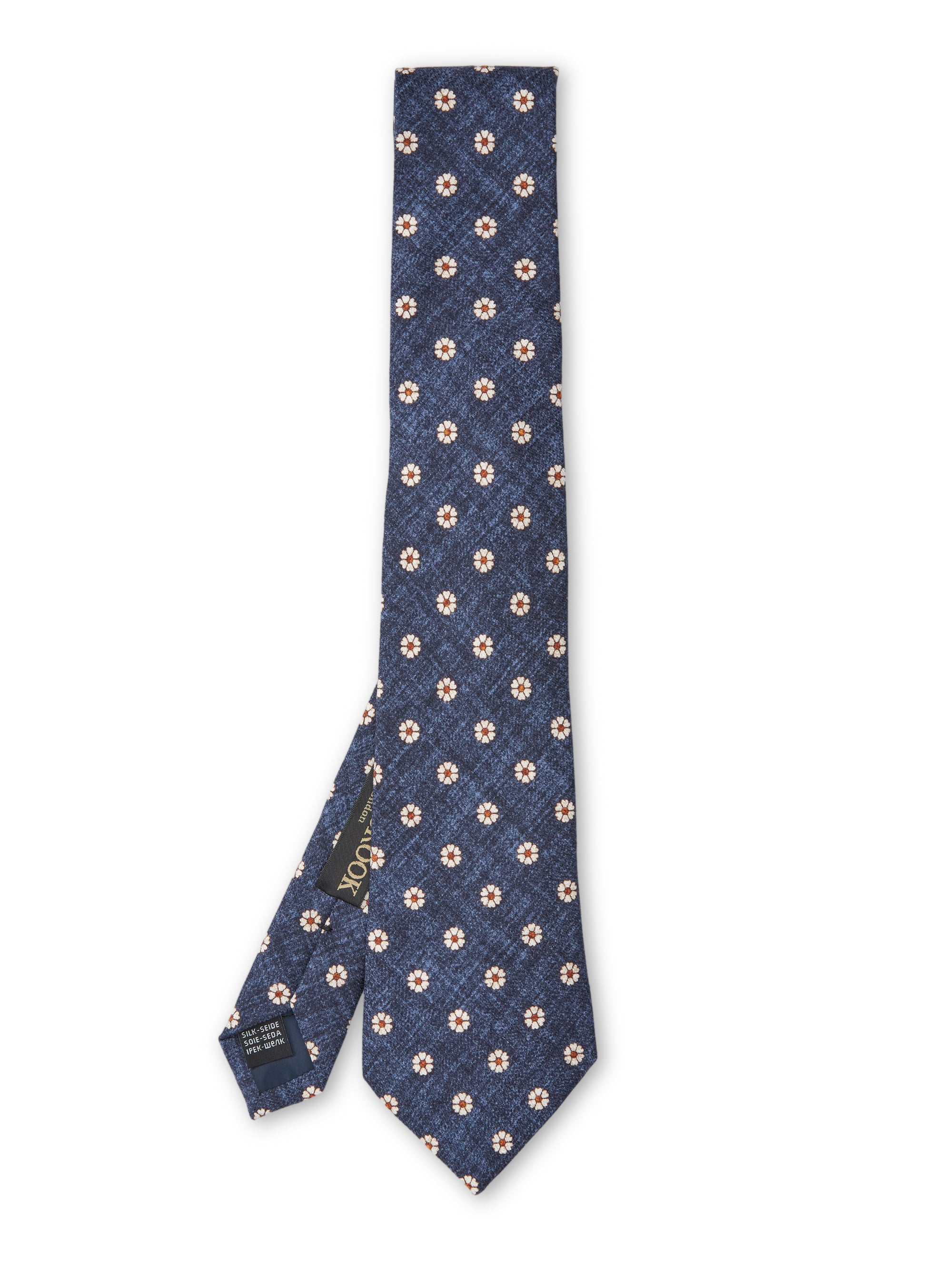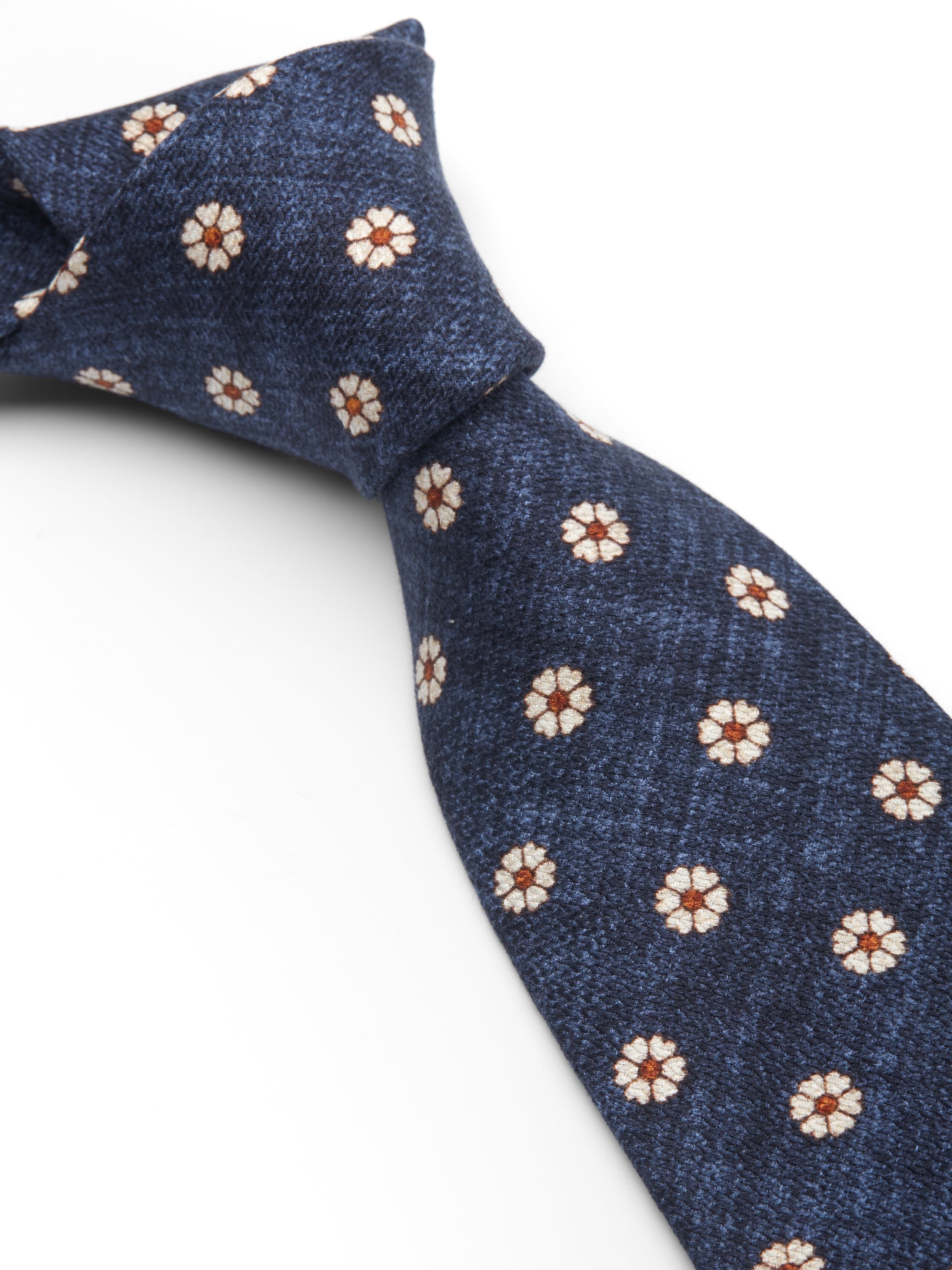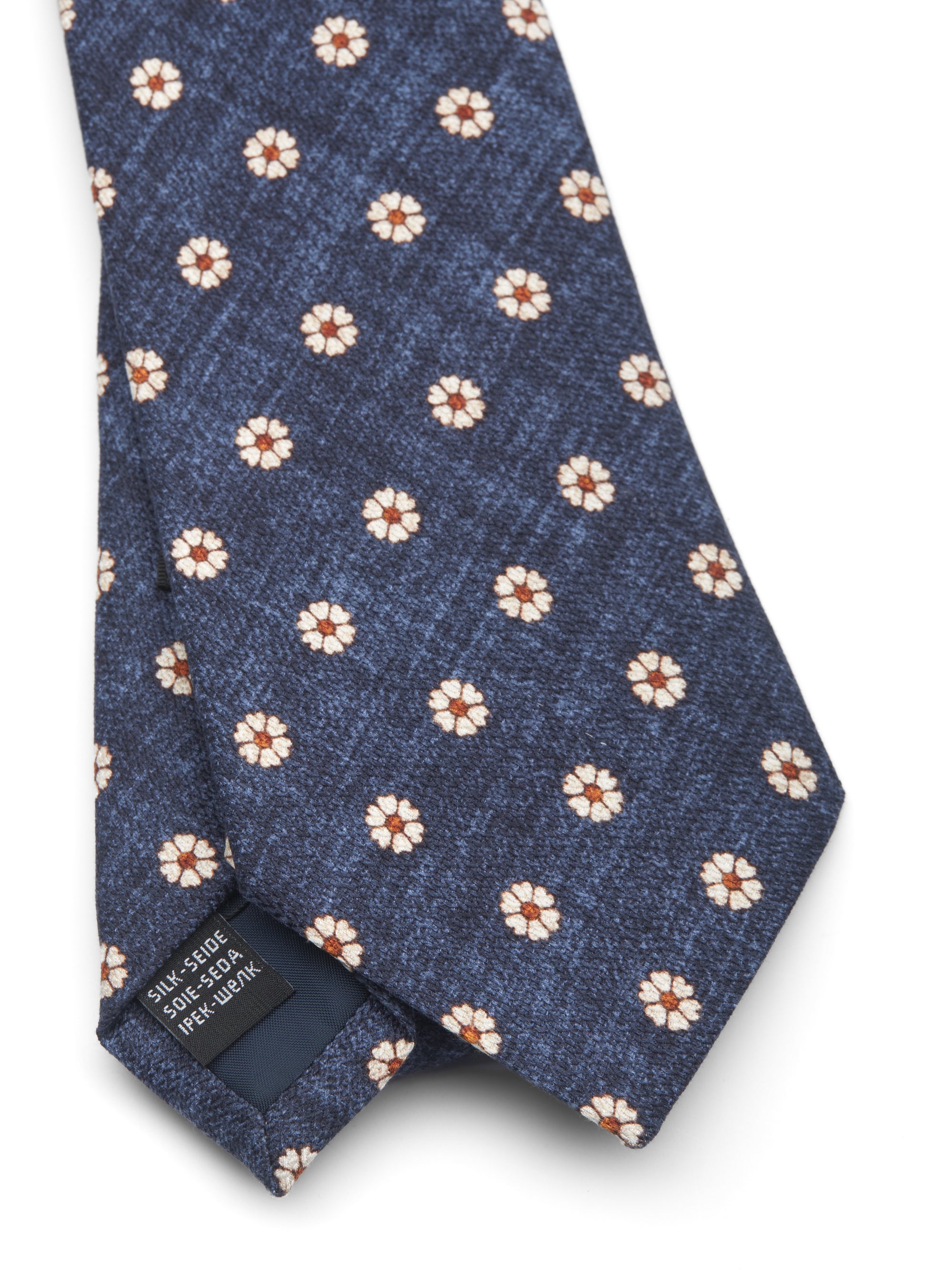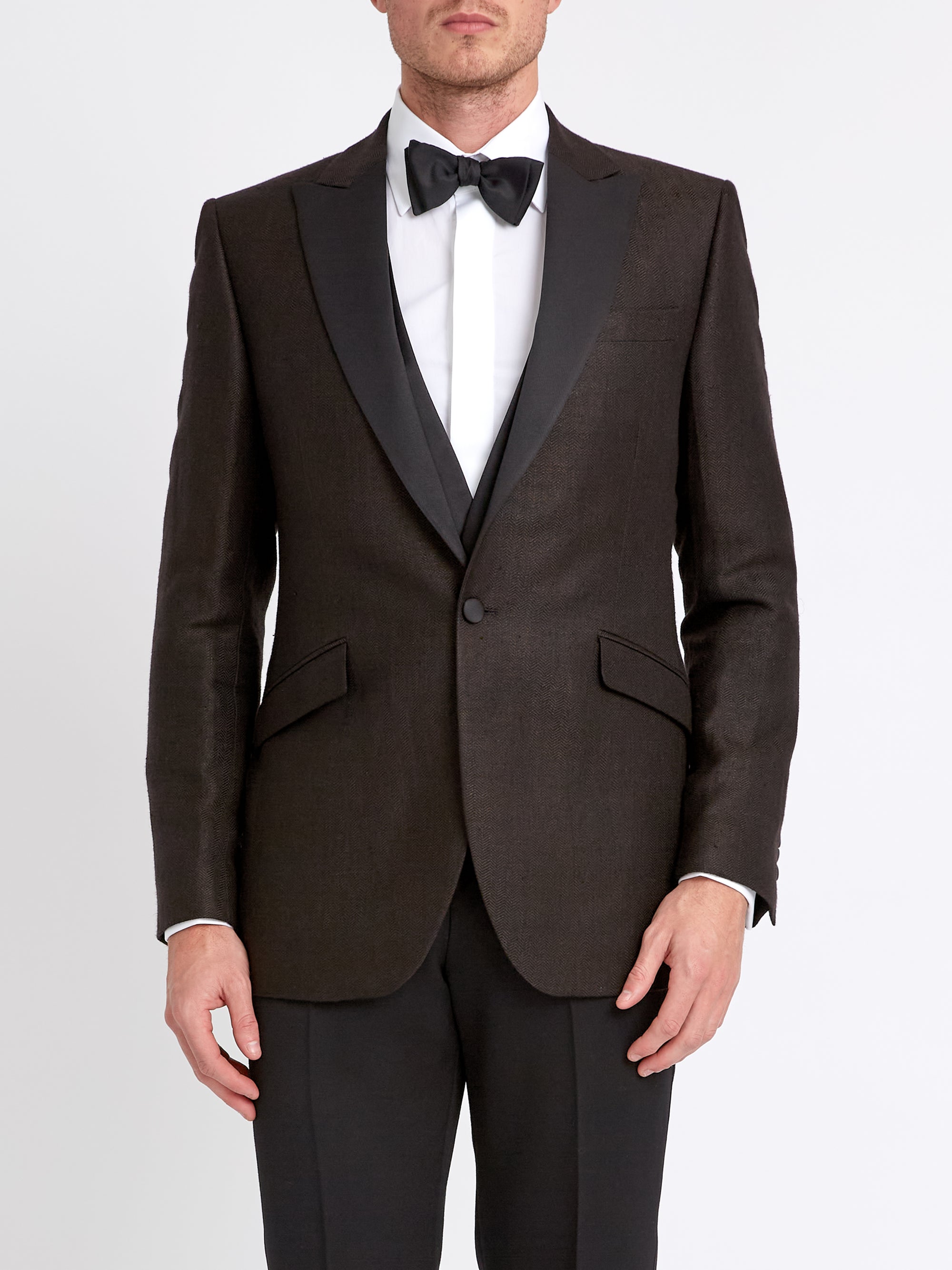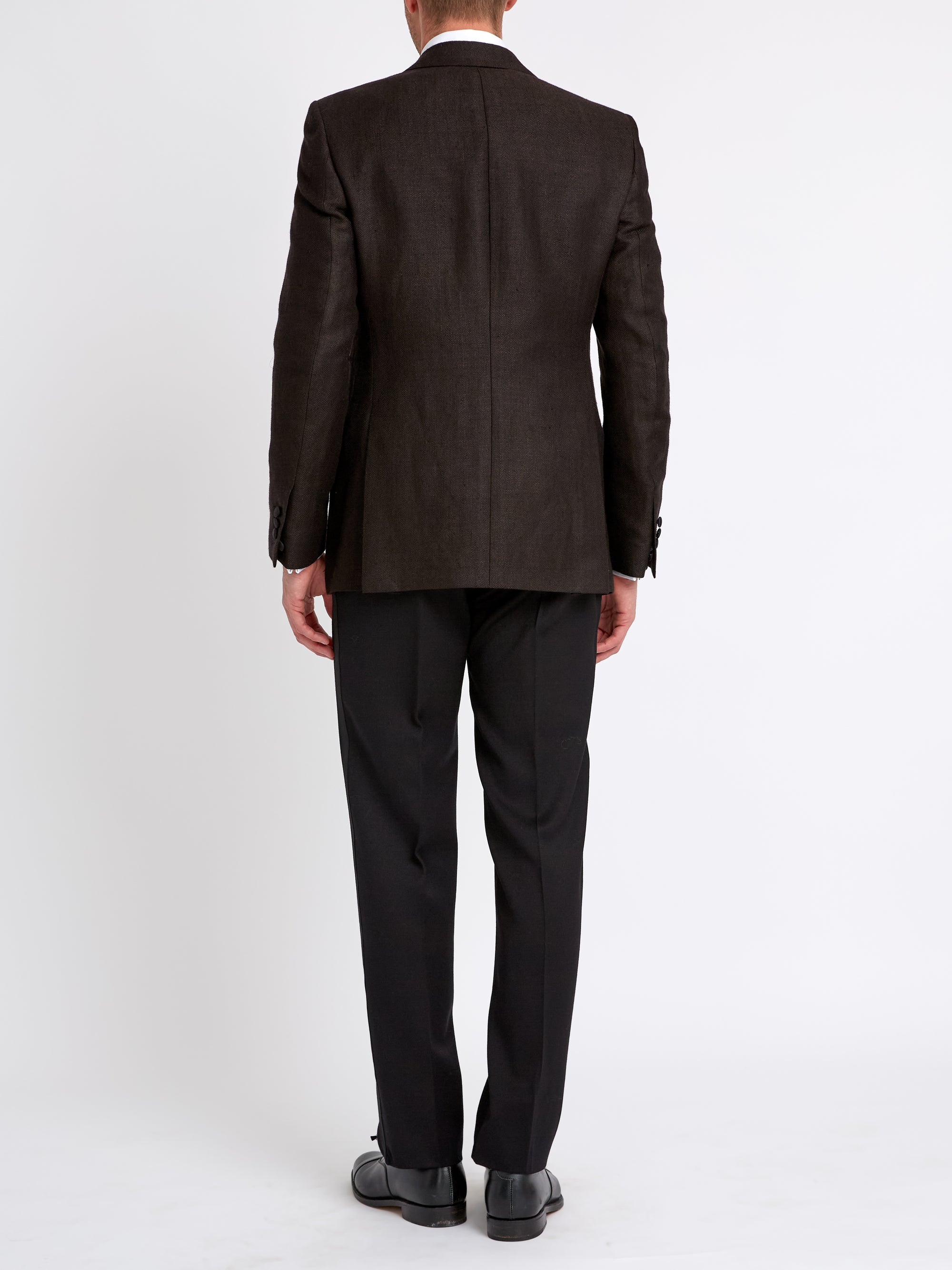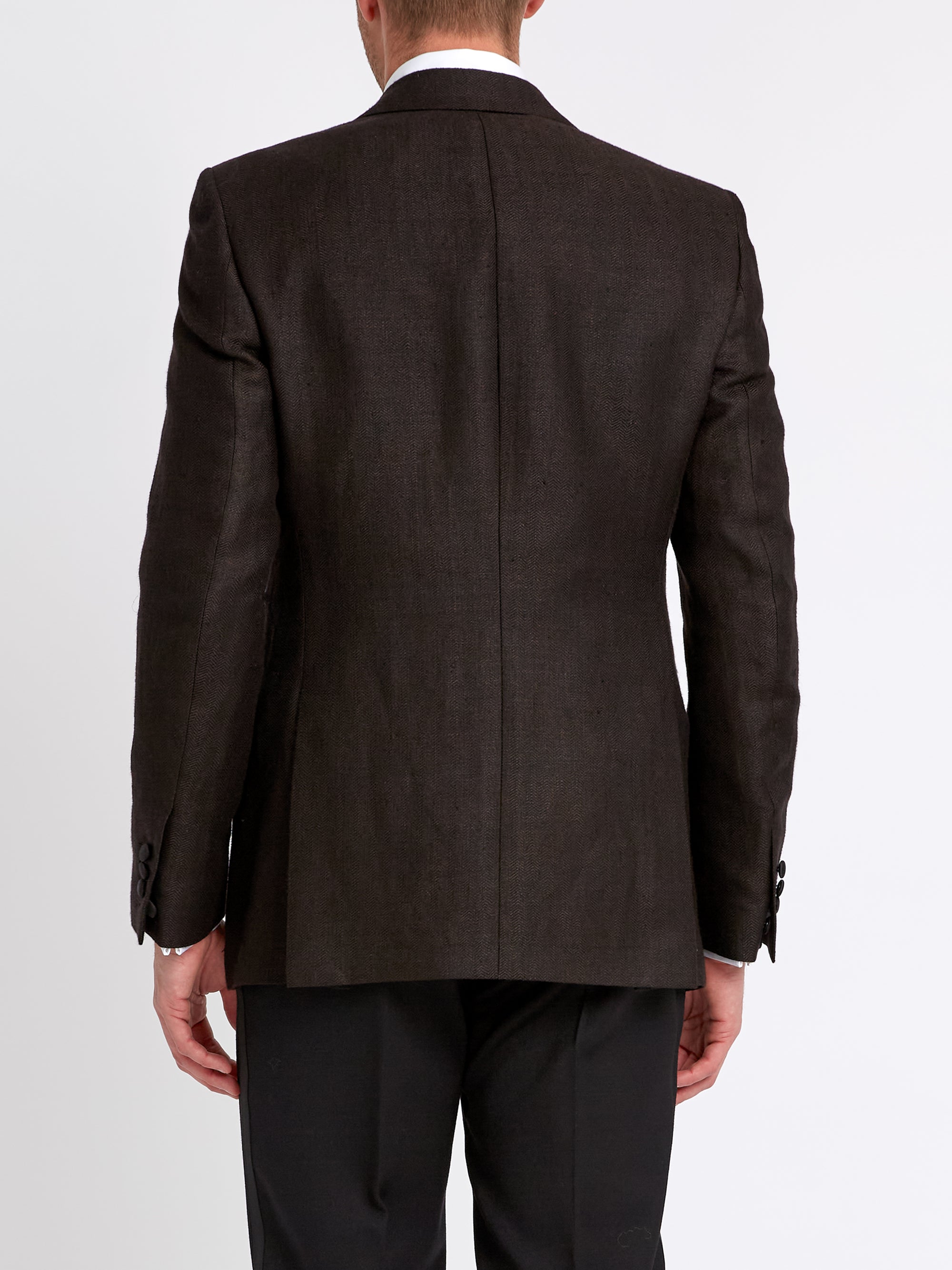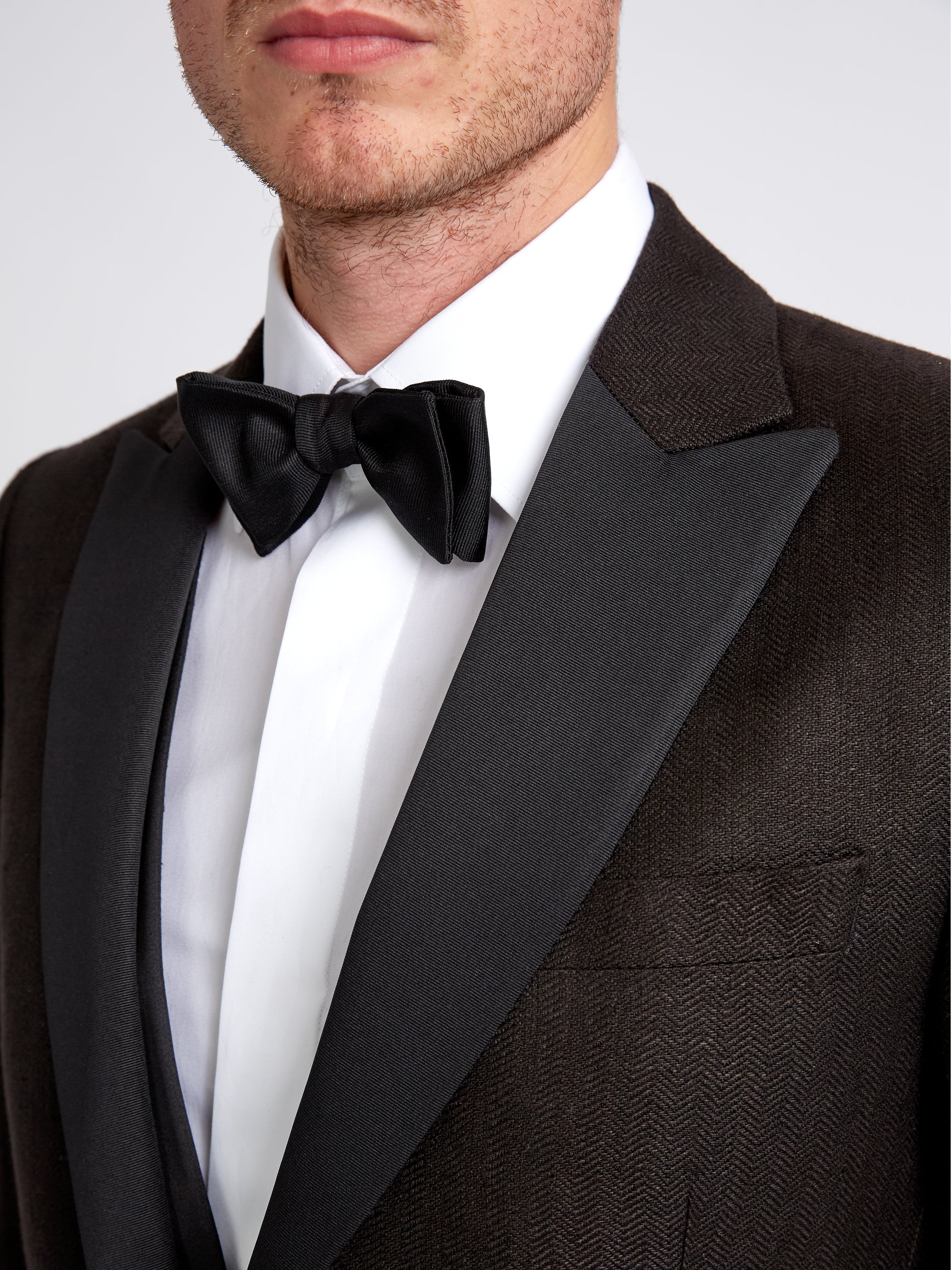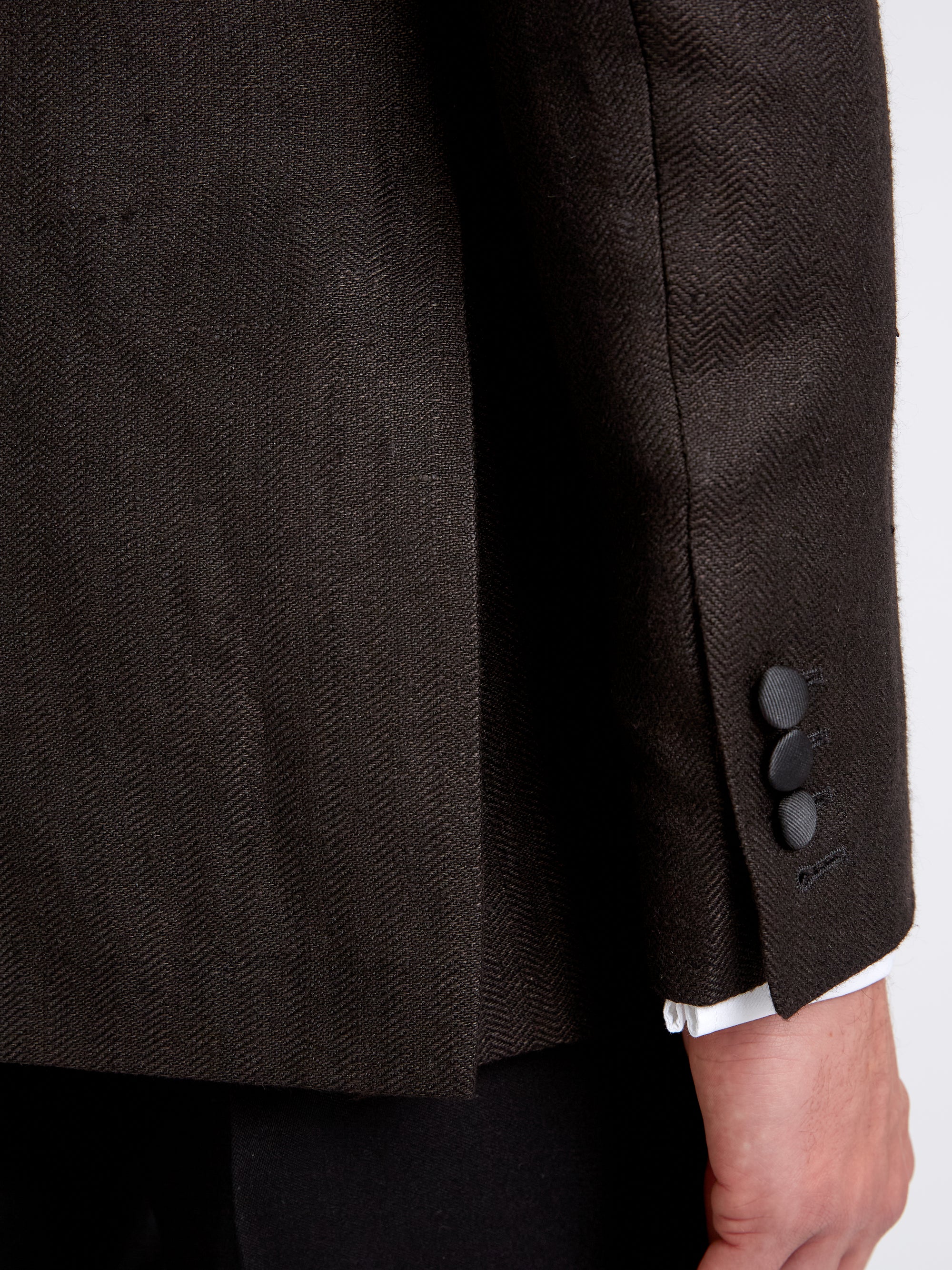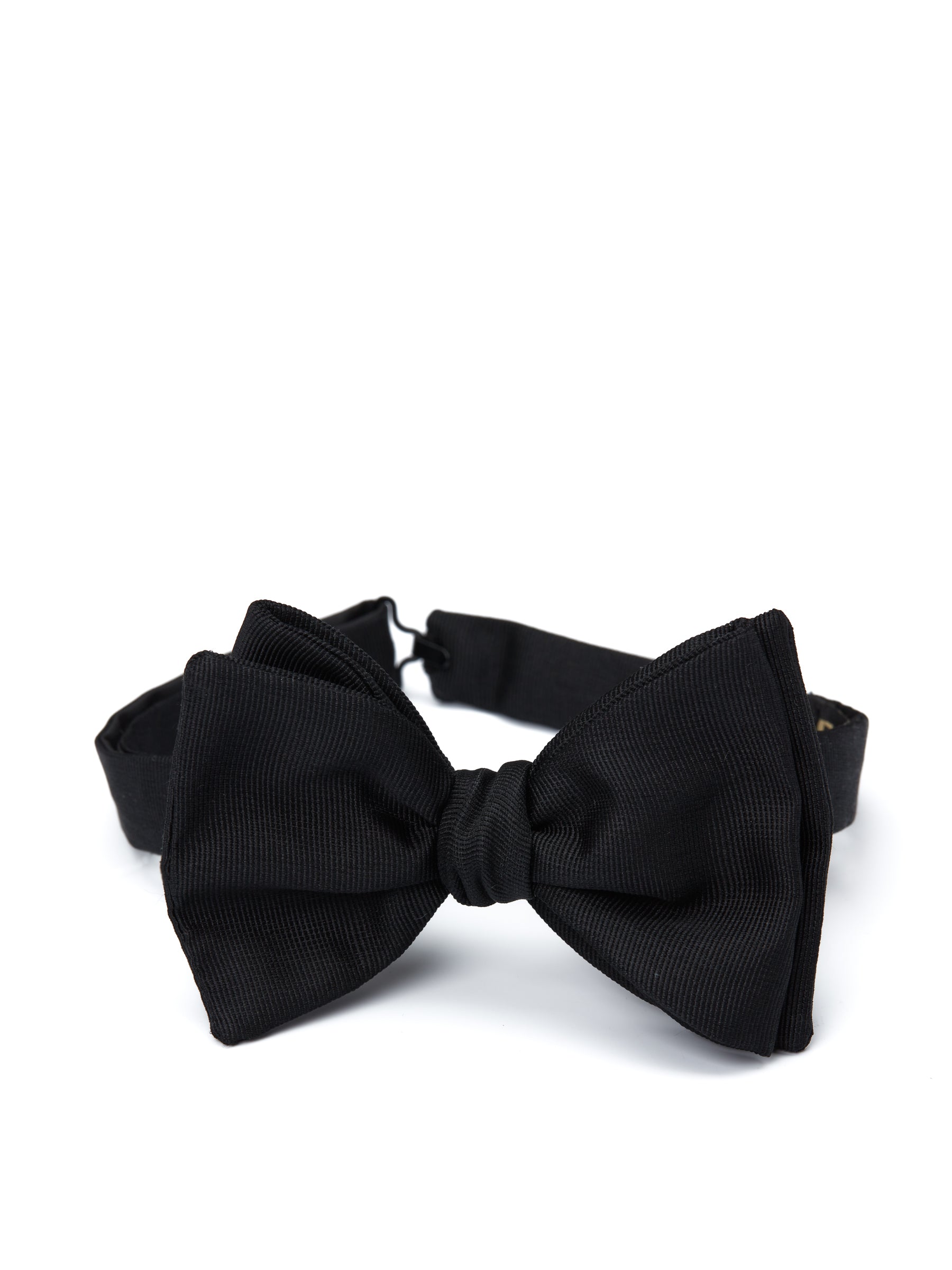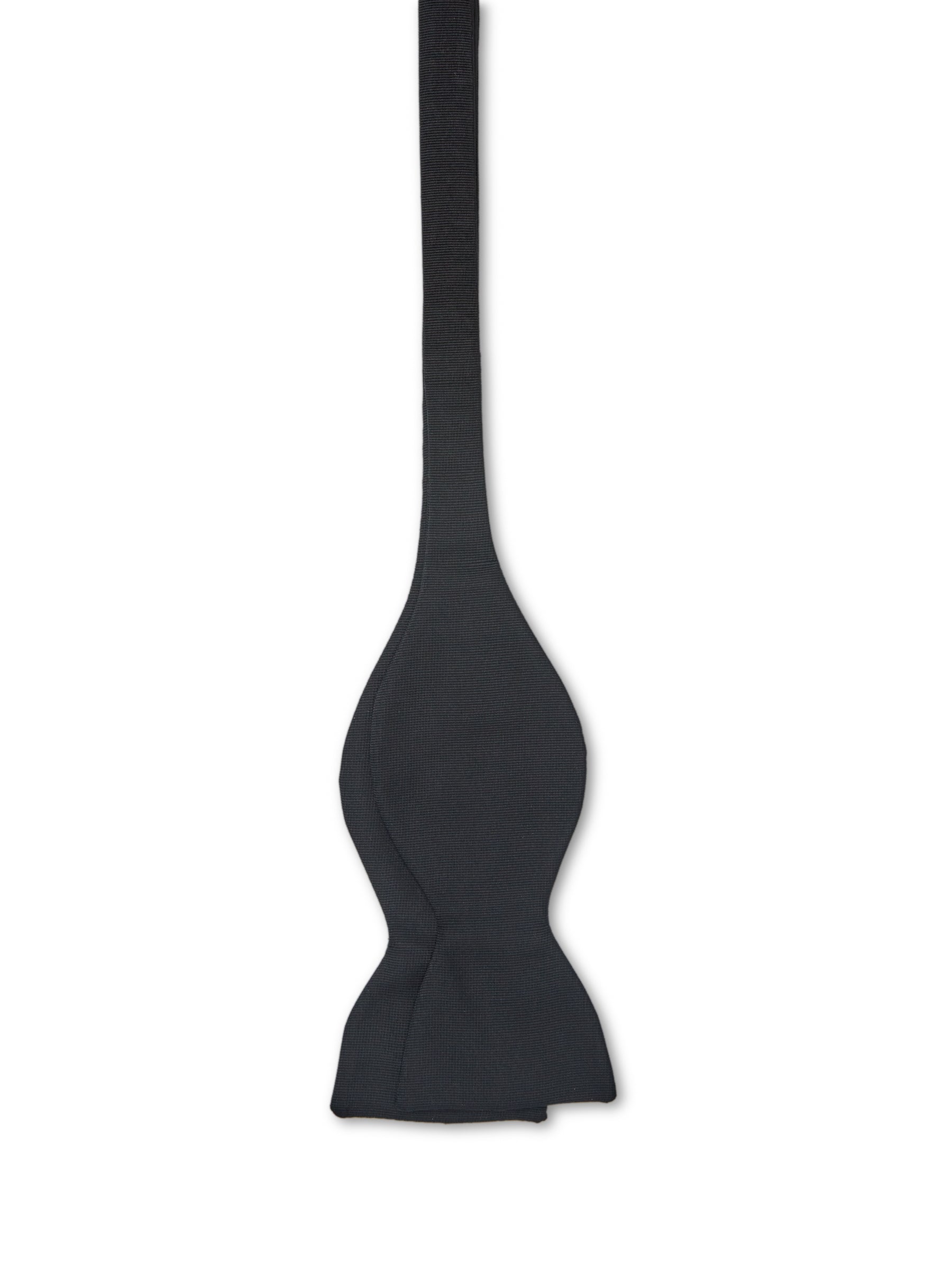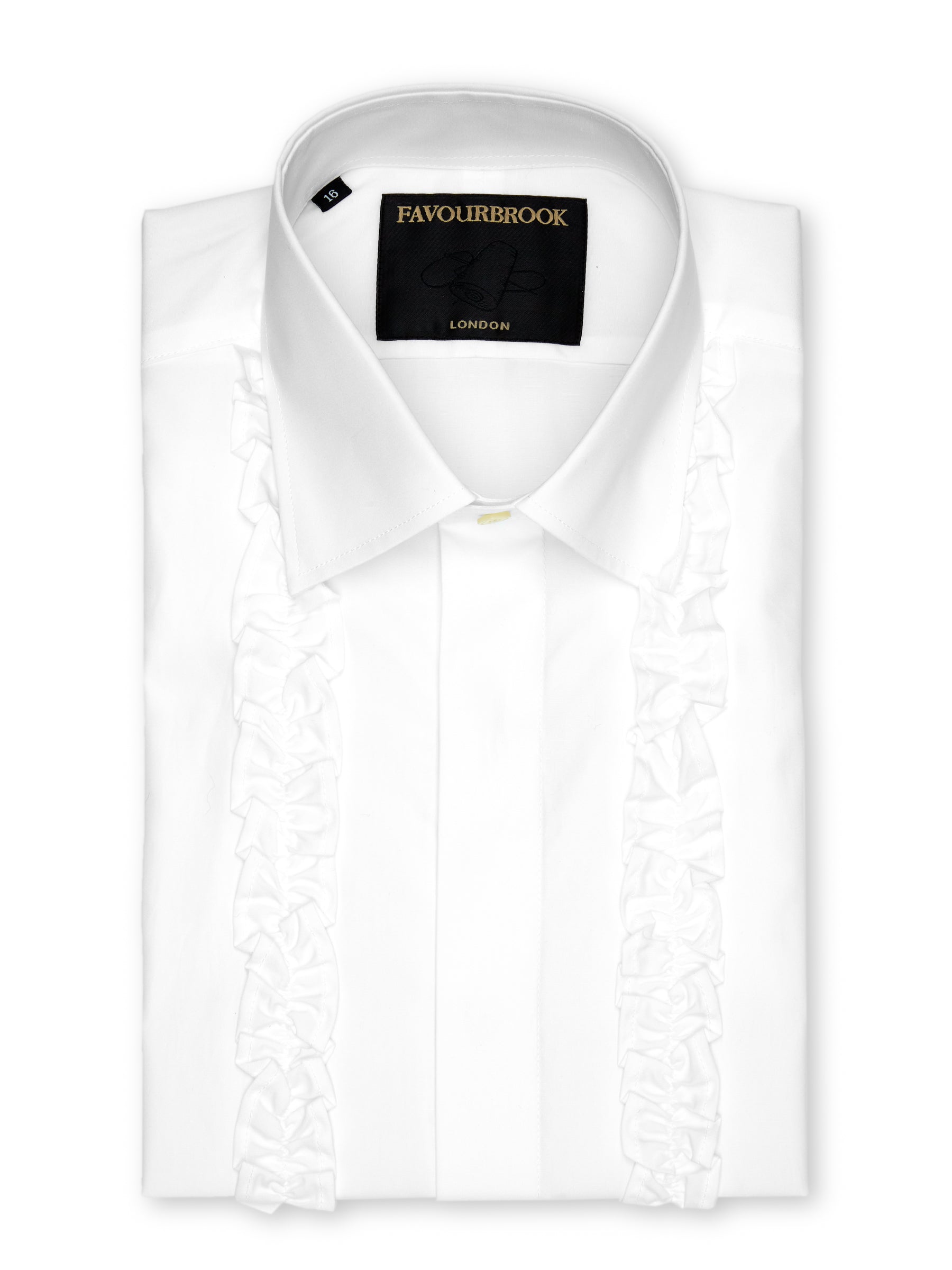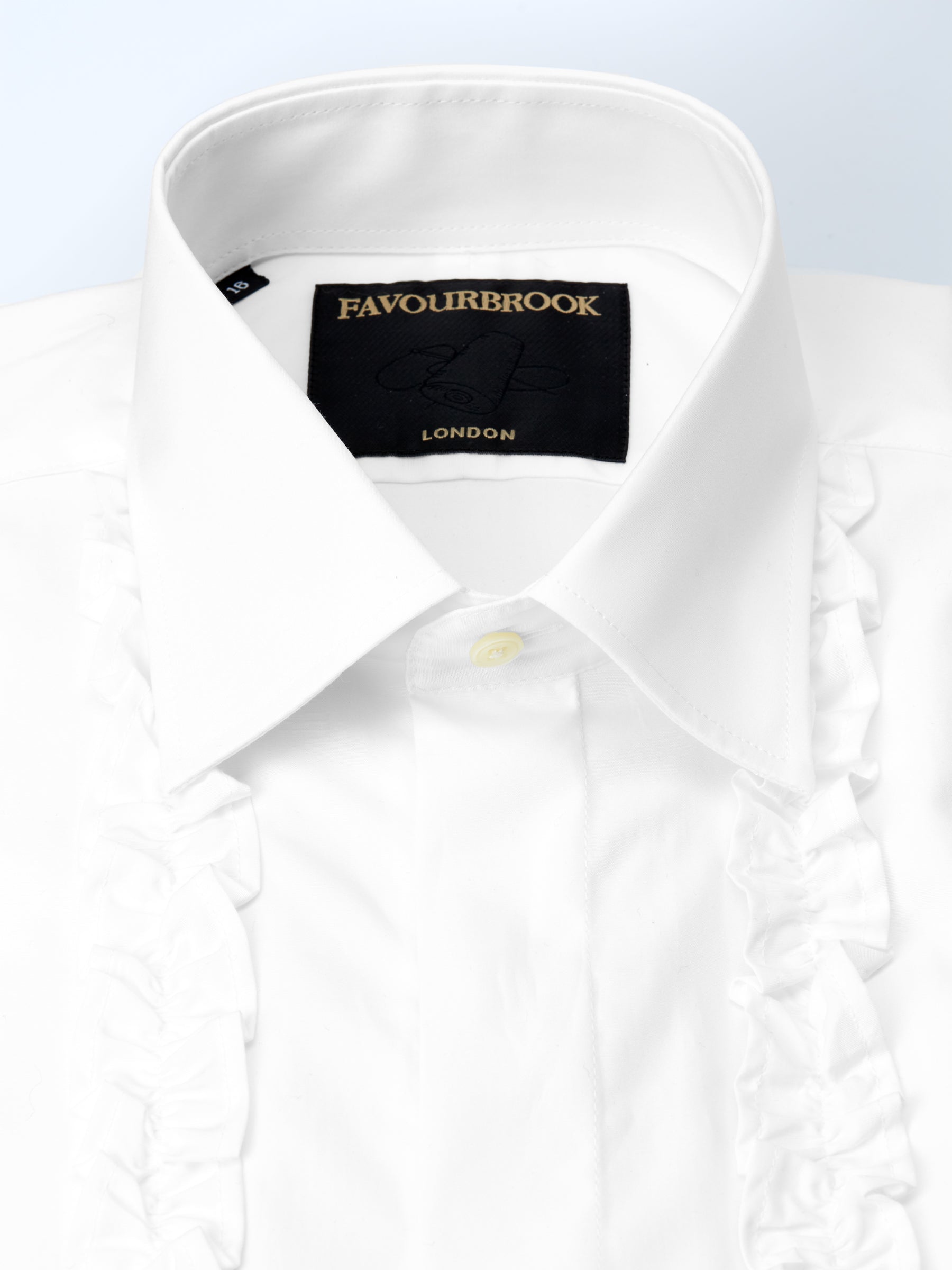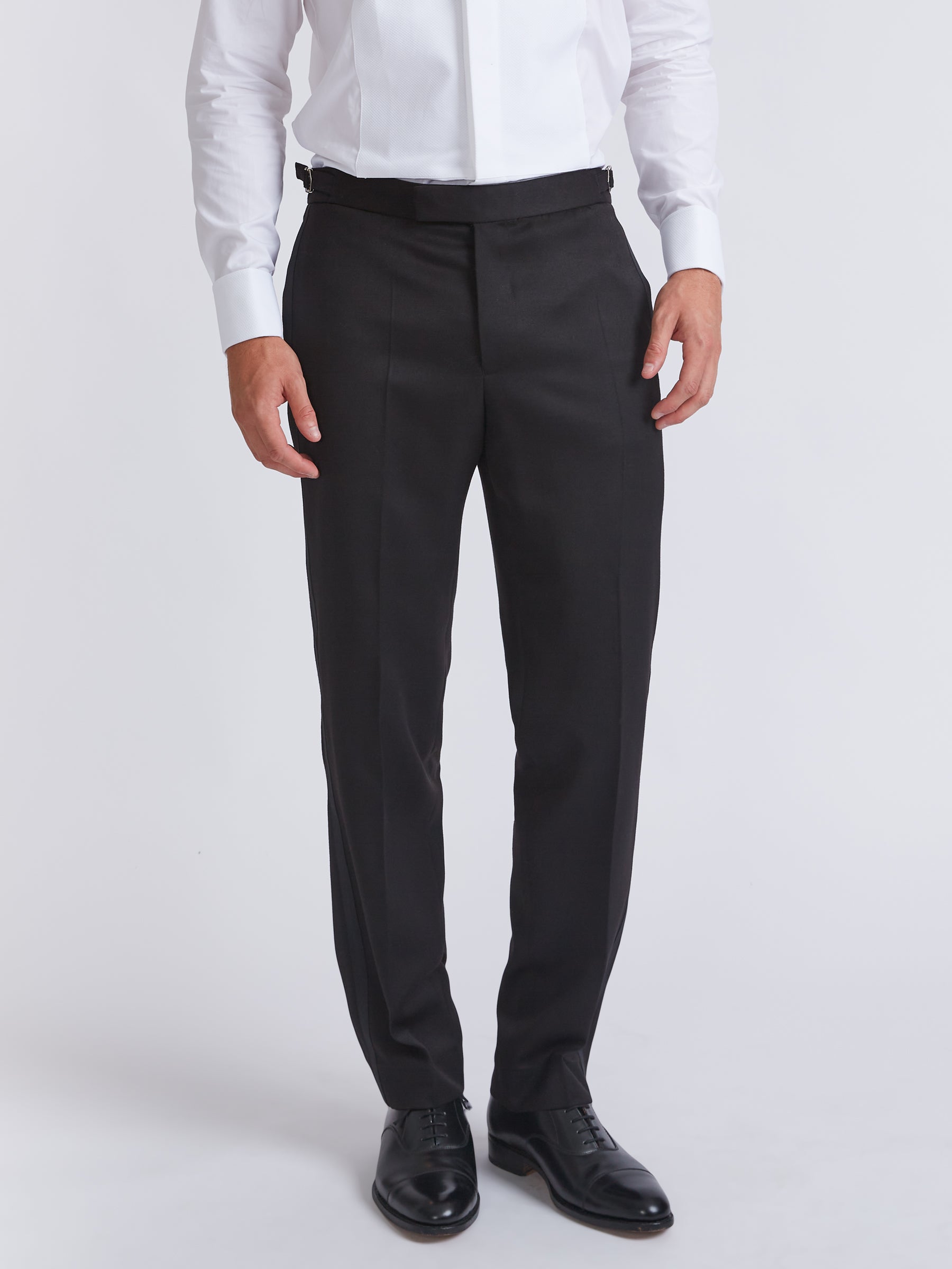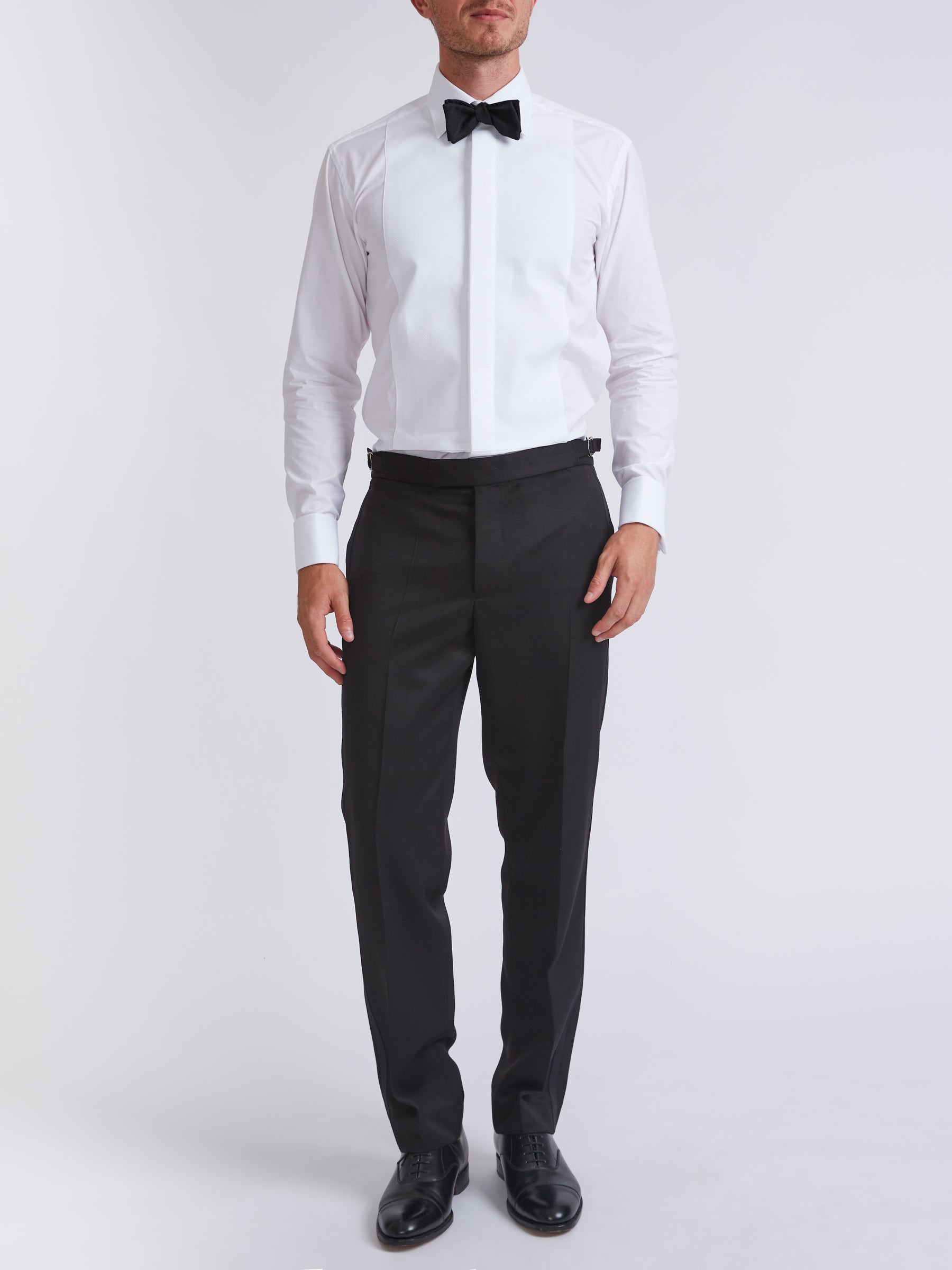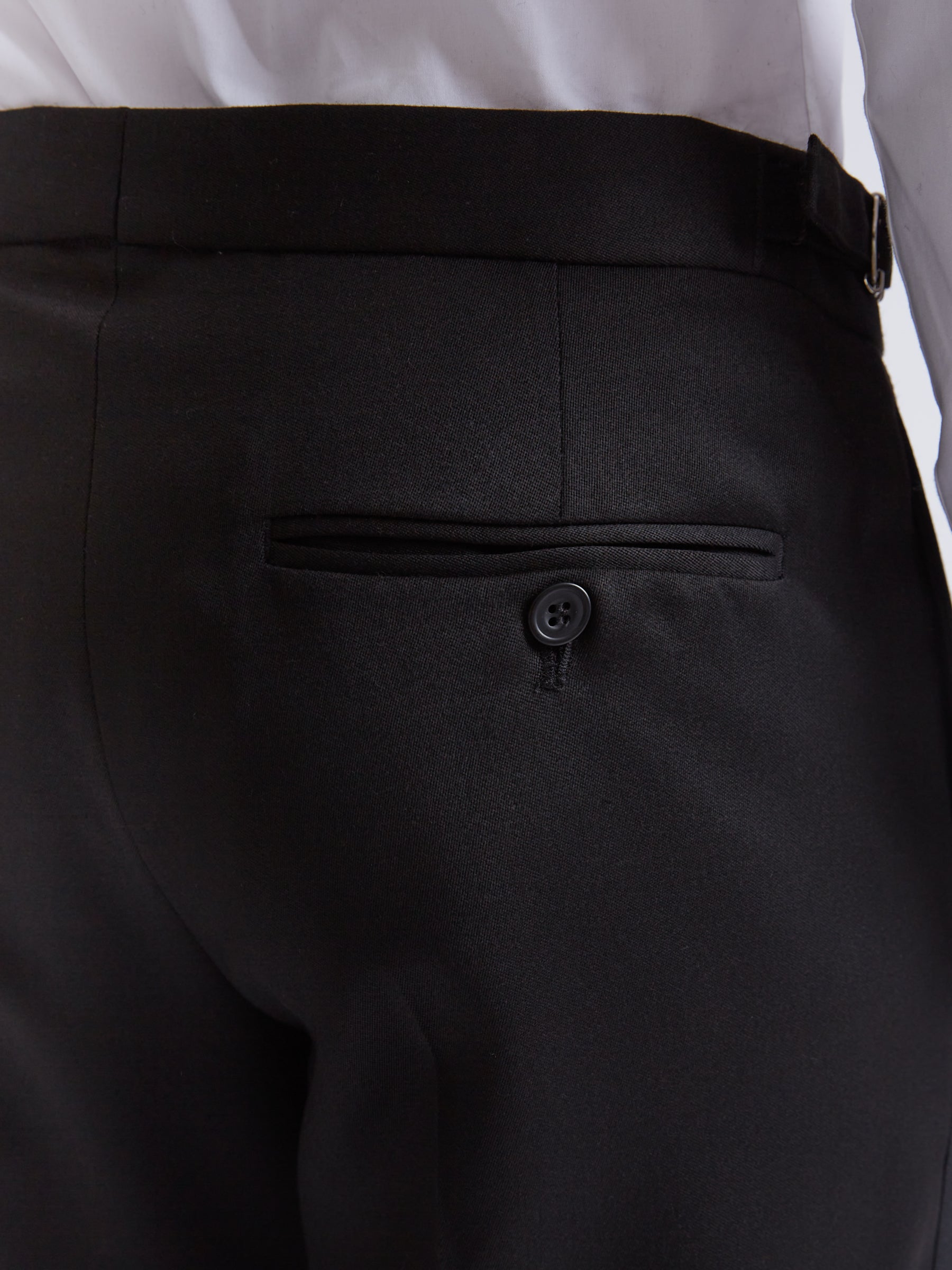As clotted cream is to scones, top hats are to morning suits, and although not all formalwear occasions require one, the top hat is the perfect way to bookend an elegant ensemble. Now, if you are attending the Royal Enclosure at Royal Ascot, then a top hat is absolutely essential for entry, no two ways about it! The hat has a rich history that interestingly mirrors societal shifts in fashion, class, and culture. From its controversial debut in the late 18th century to its revered status in the 19th century, the top hat might be something of a quirky sartorial relic these days, but it was once the very height of style.

Its origins trace back to the 1790s, when its precursor was a collapsible two-cornered hat called a "chapeau bras." The transition to the topper was catalysed by a man called George Dunnage, a hatter from Middlesex, who is widely credited with creating the first silk top hat in 1793. However, it was John Hetherington, another London hatter, who brought the top hat into the public eye when, according to legend, Hetherington's first public appearance in a top hat in 1797 caused such a commotion that he was fined for disturbing the peace! Reports claim that his tall, structured hat caused panic, with onlookers allegedly fainting and horses bolting. Despite this sensationalised account, Hetherington's headgear quickly caught on with the fashion-forward elite. Perhaps they felt the topper brought them closer to god, or further away from the serfs?! Either way, they ran with it.
